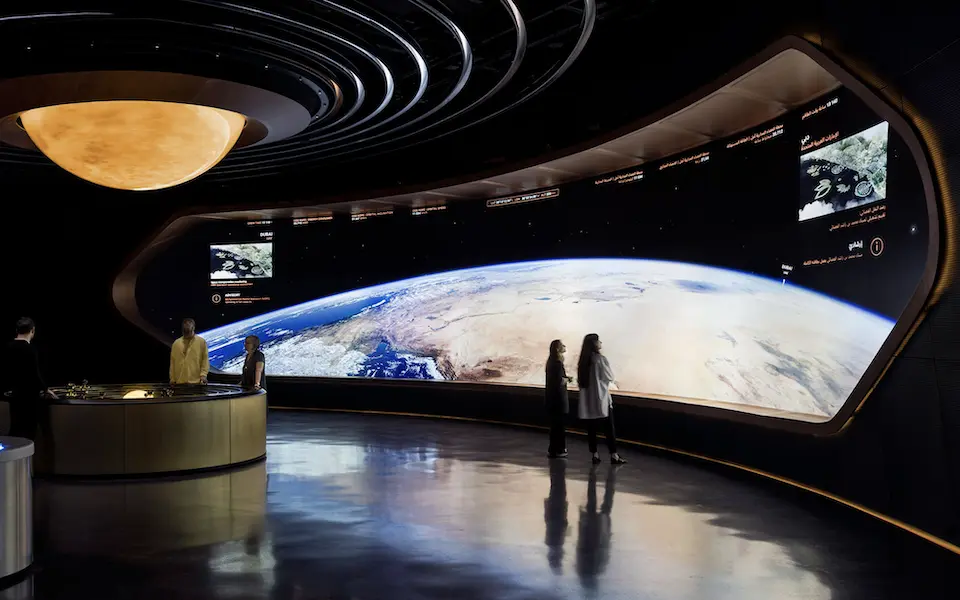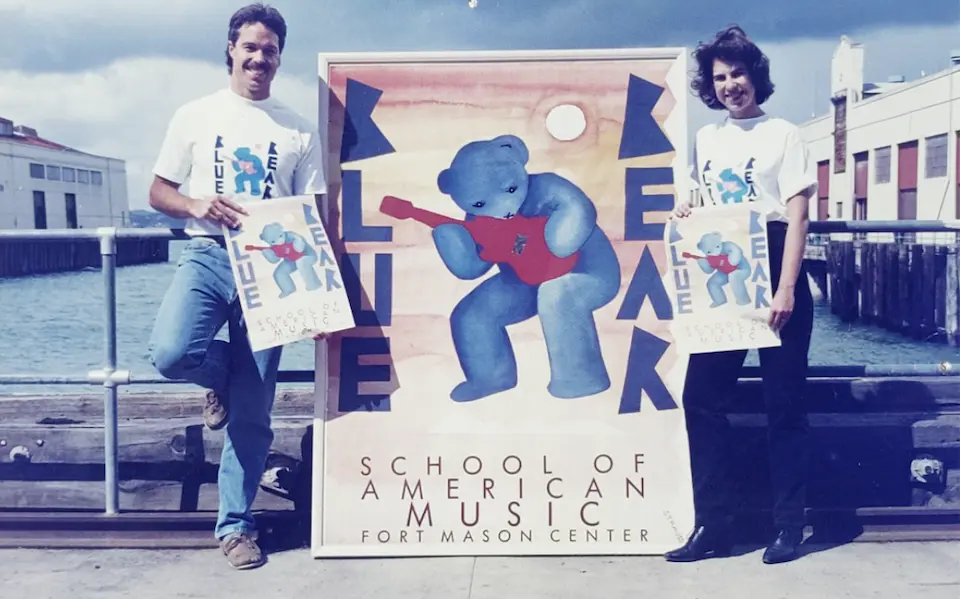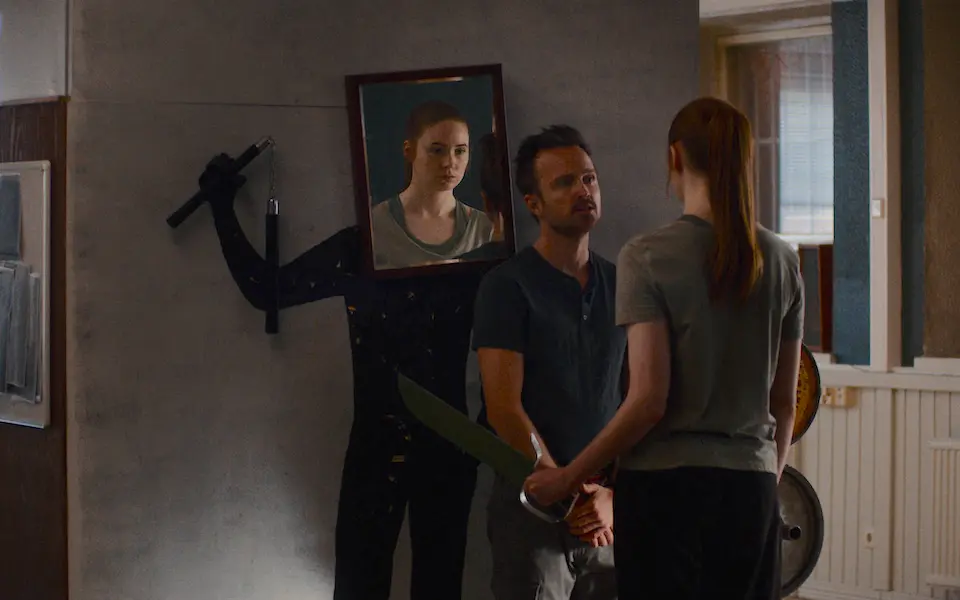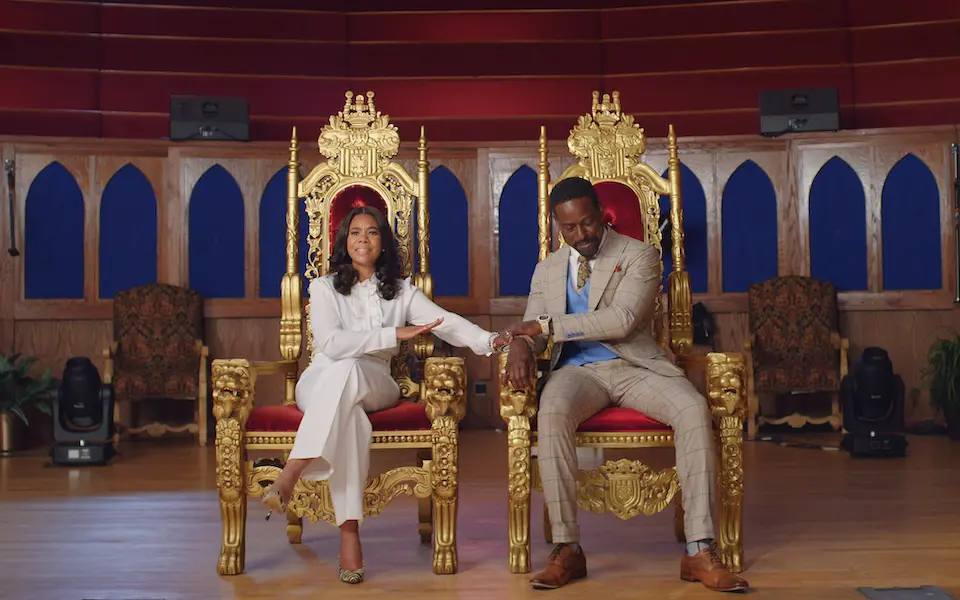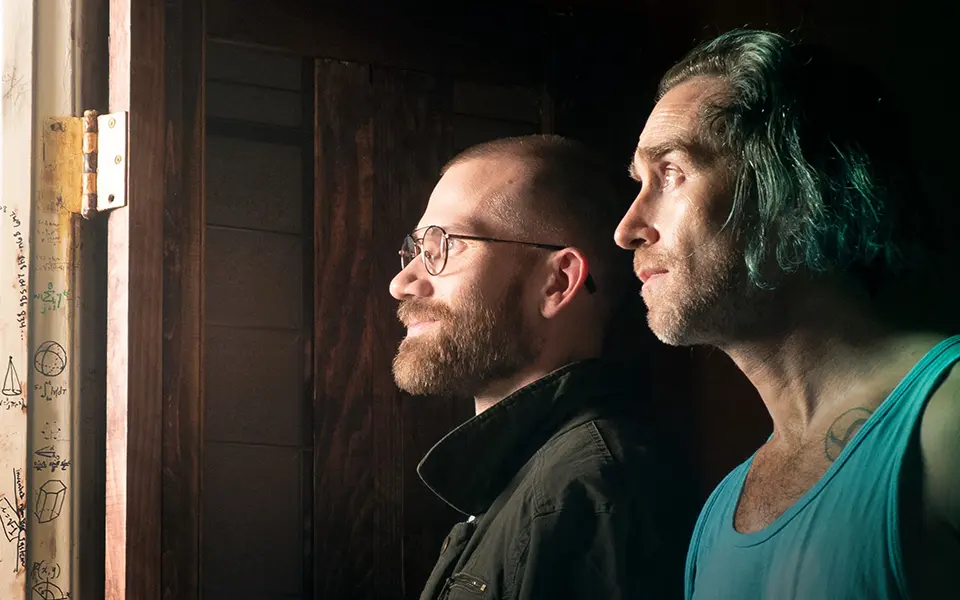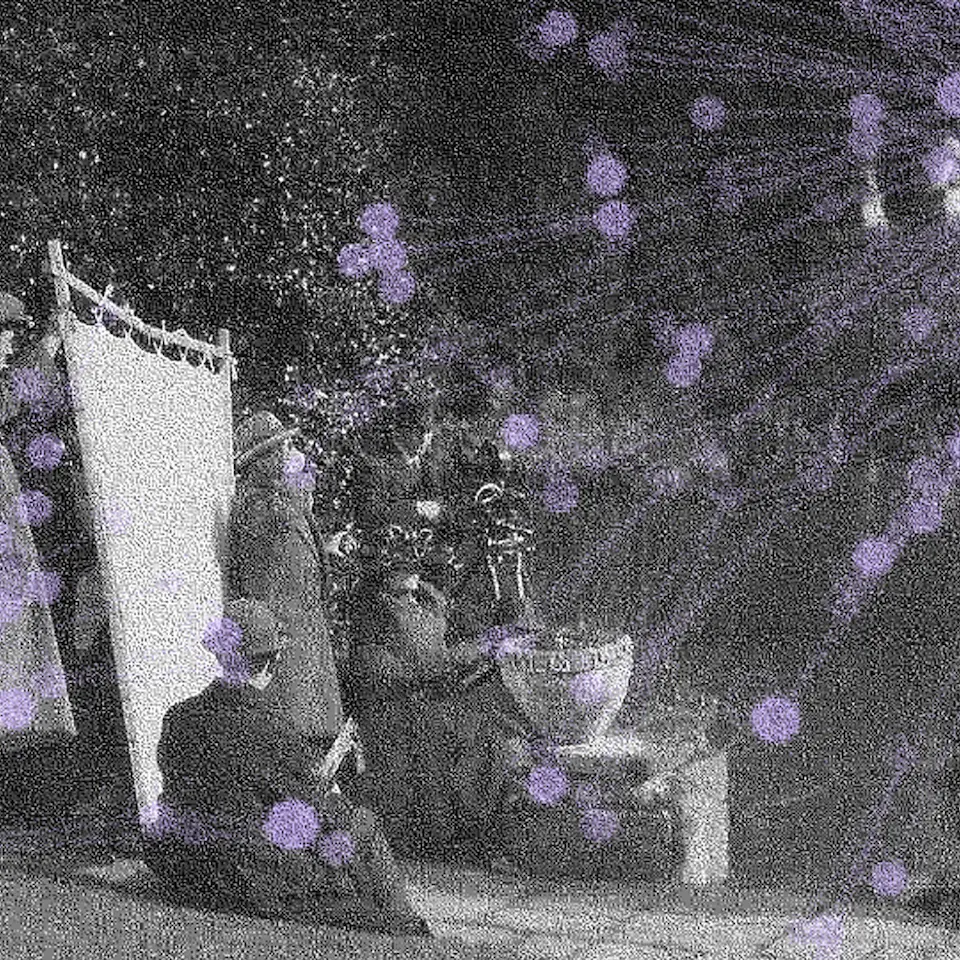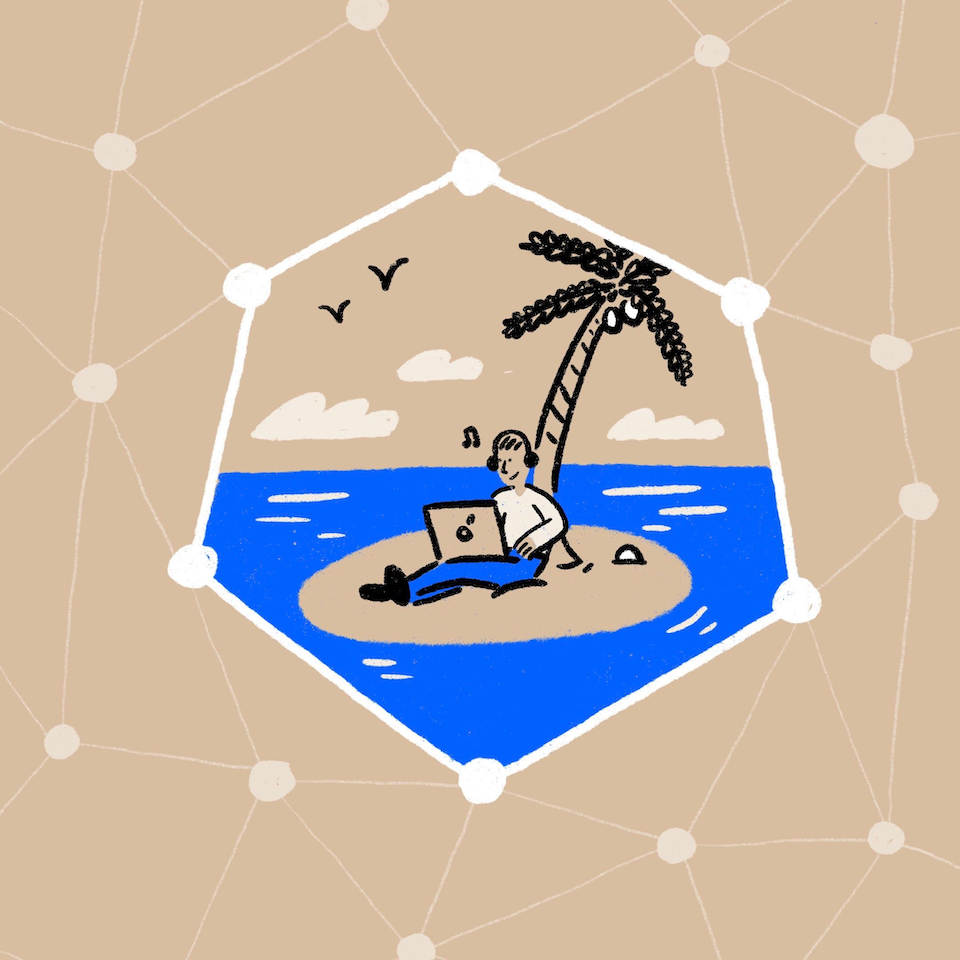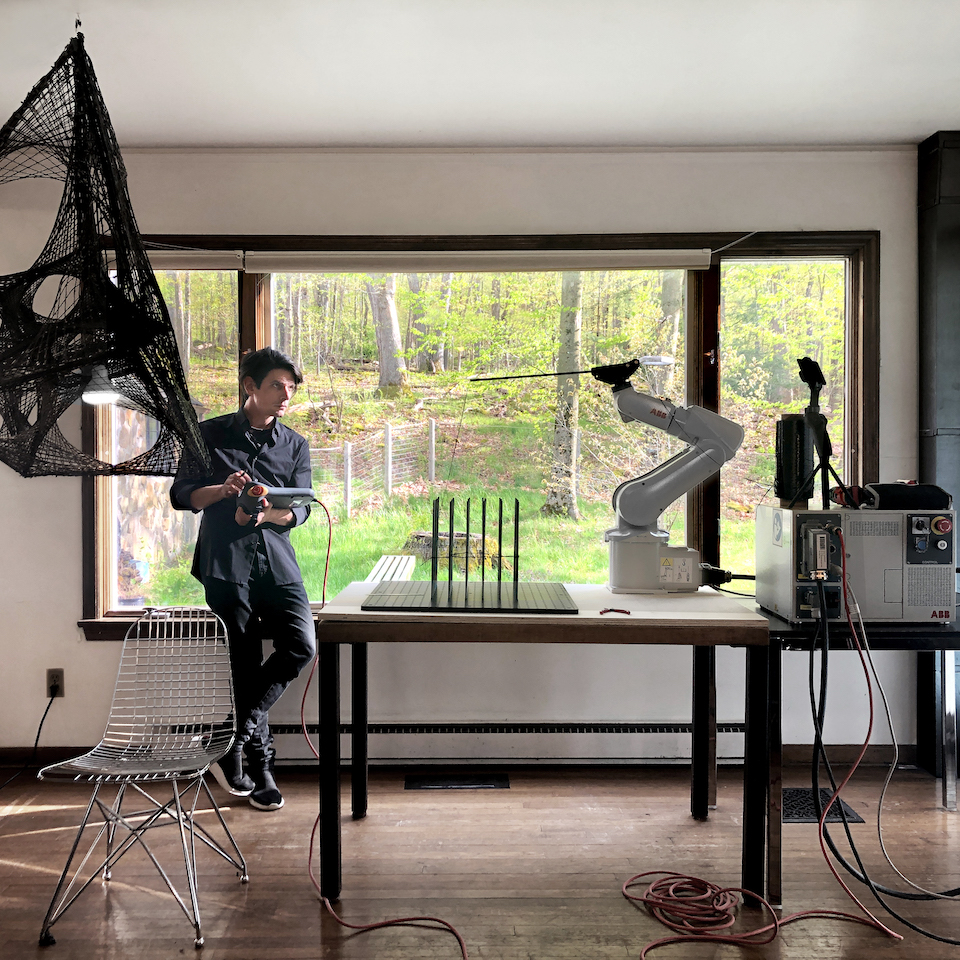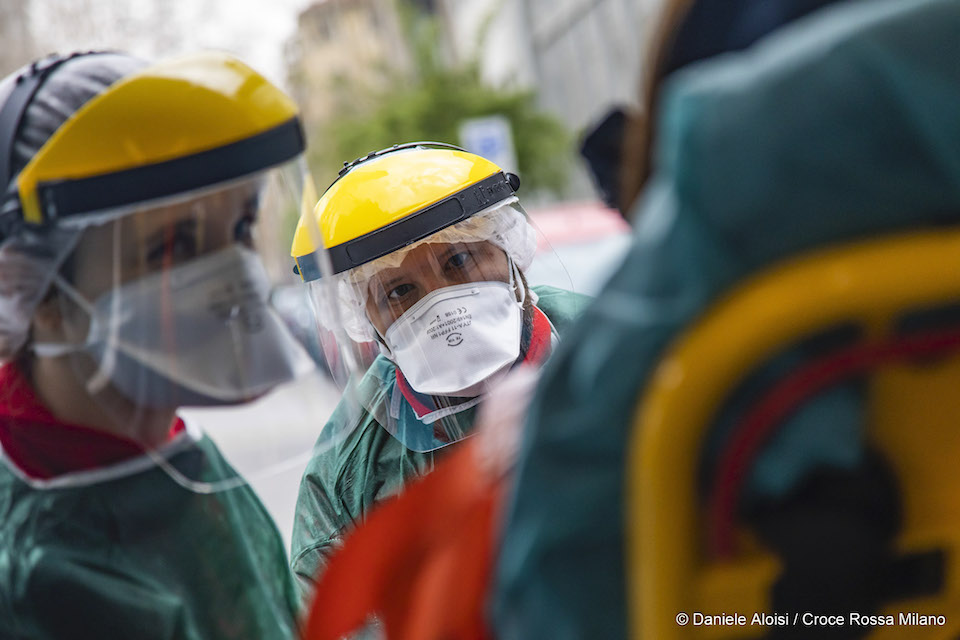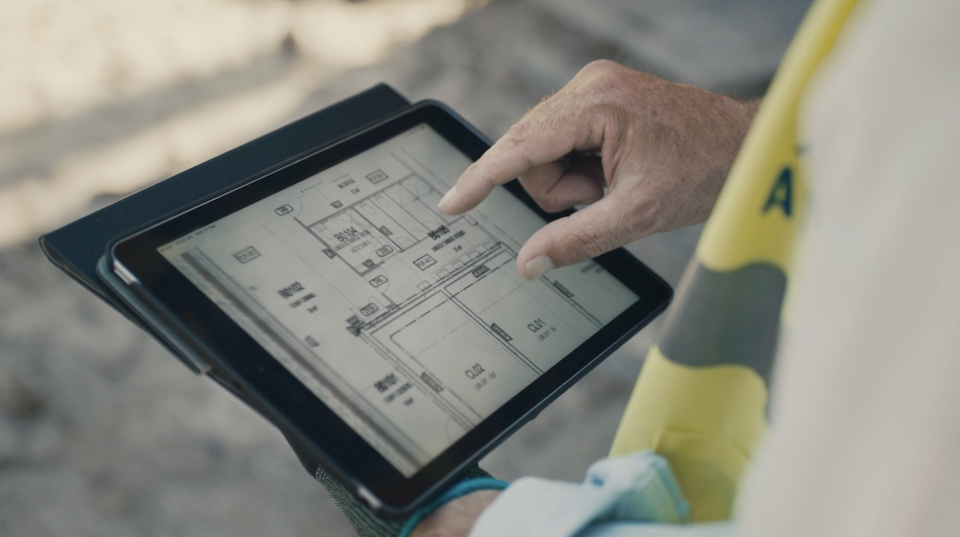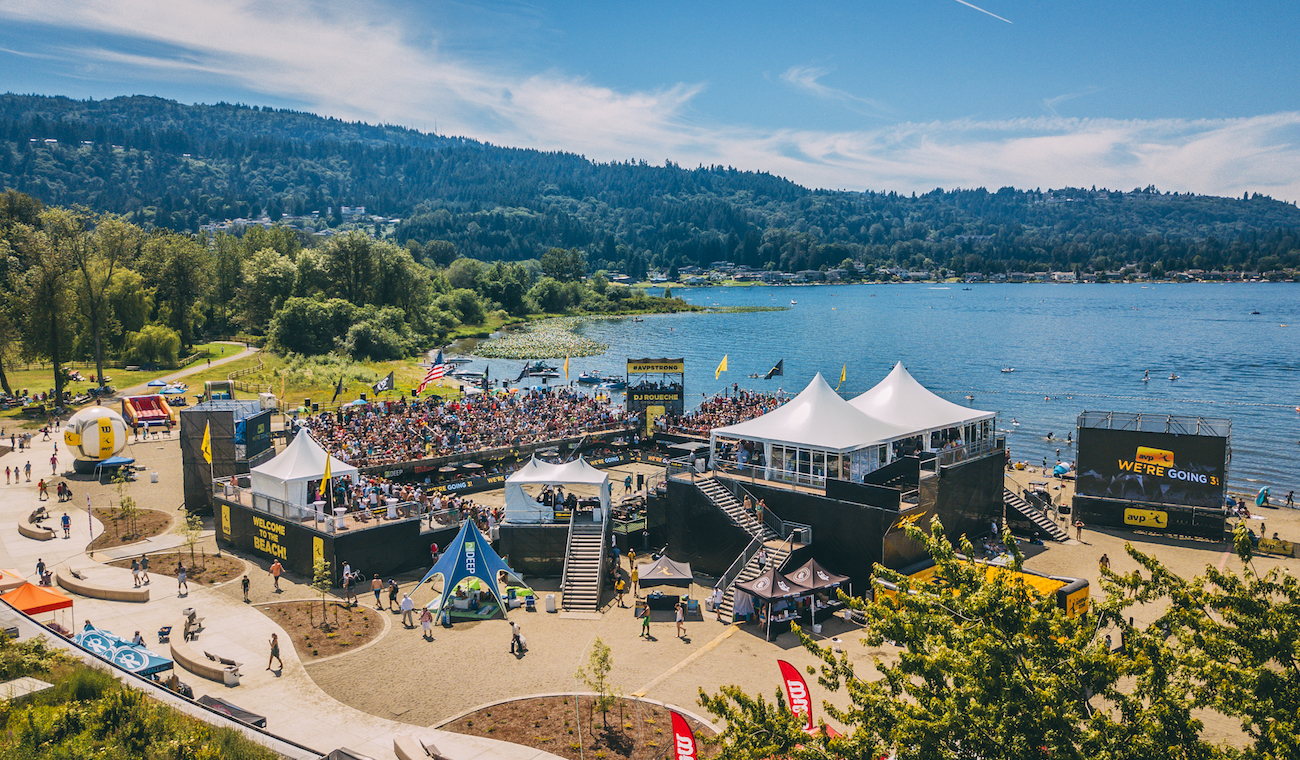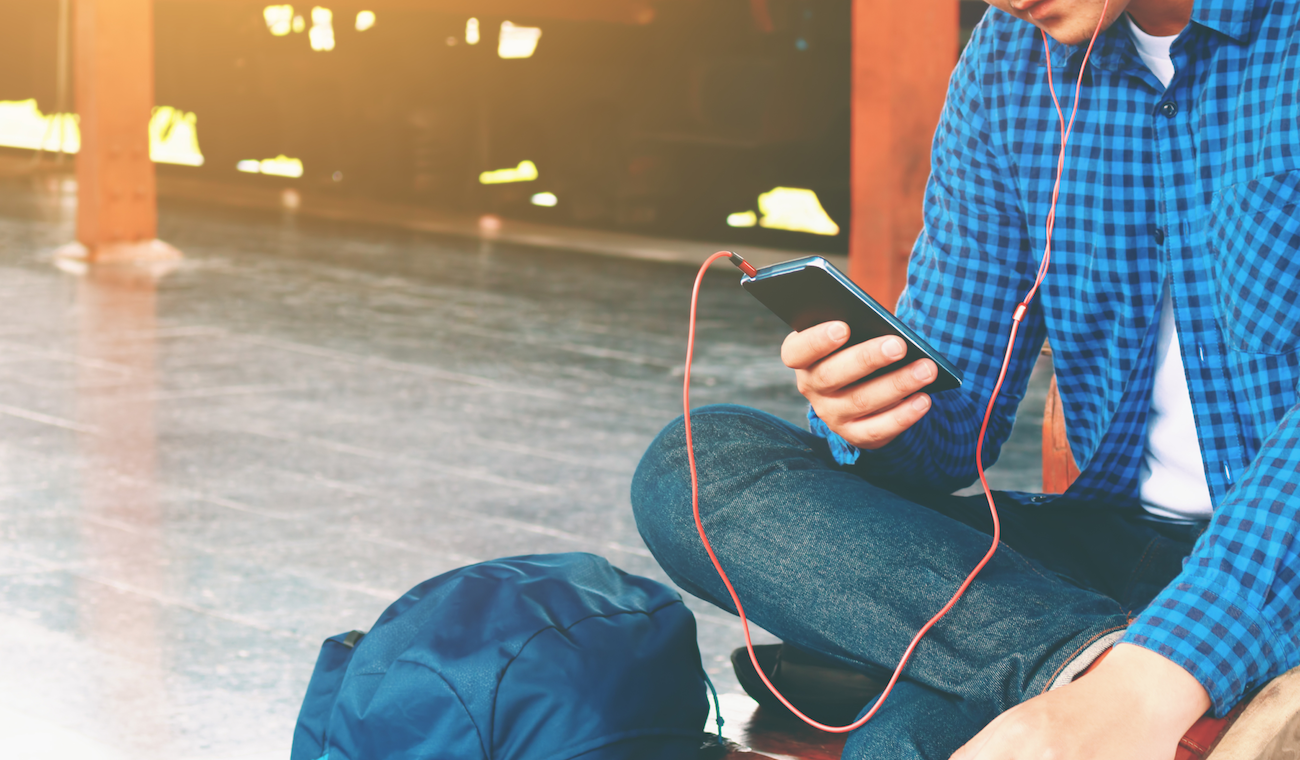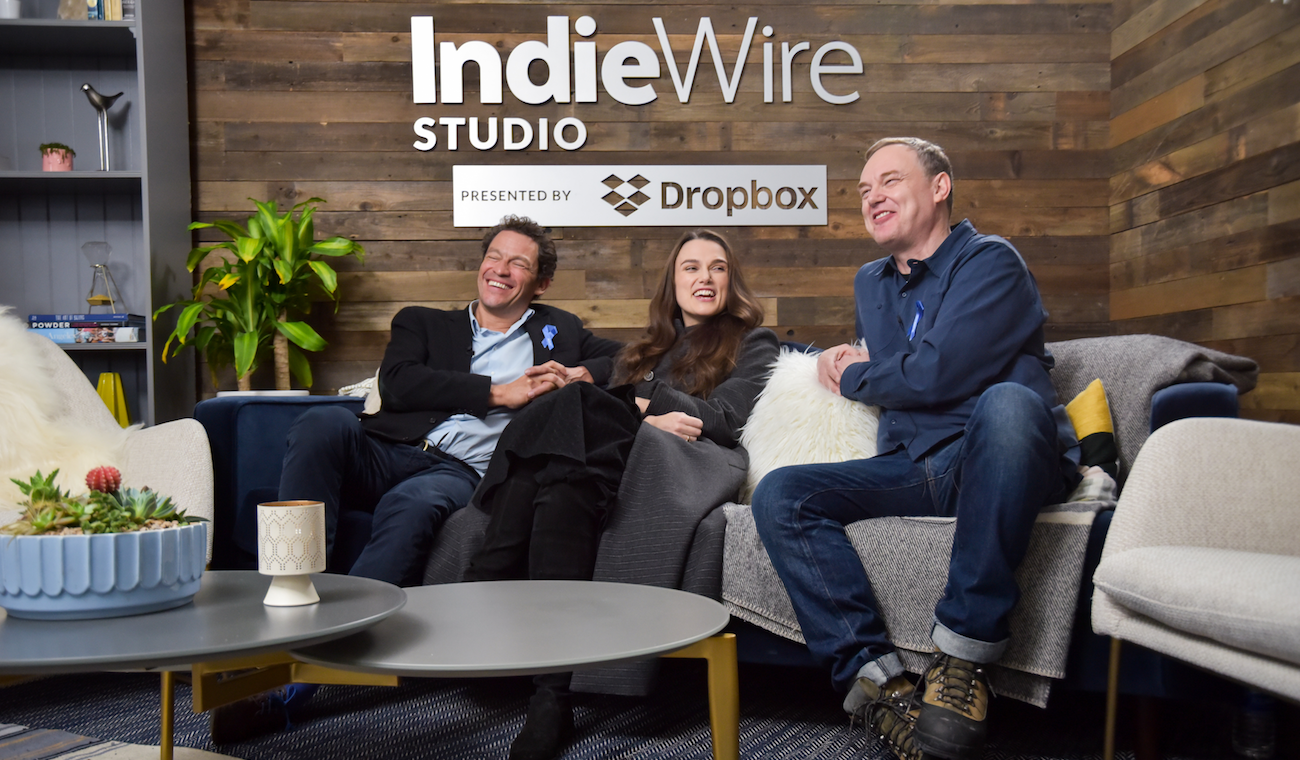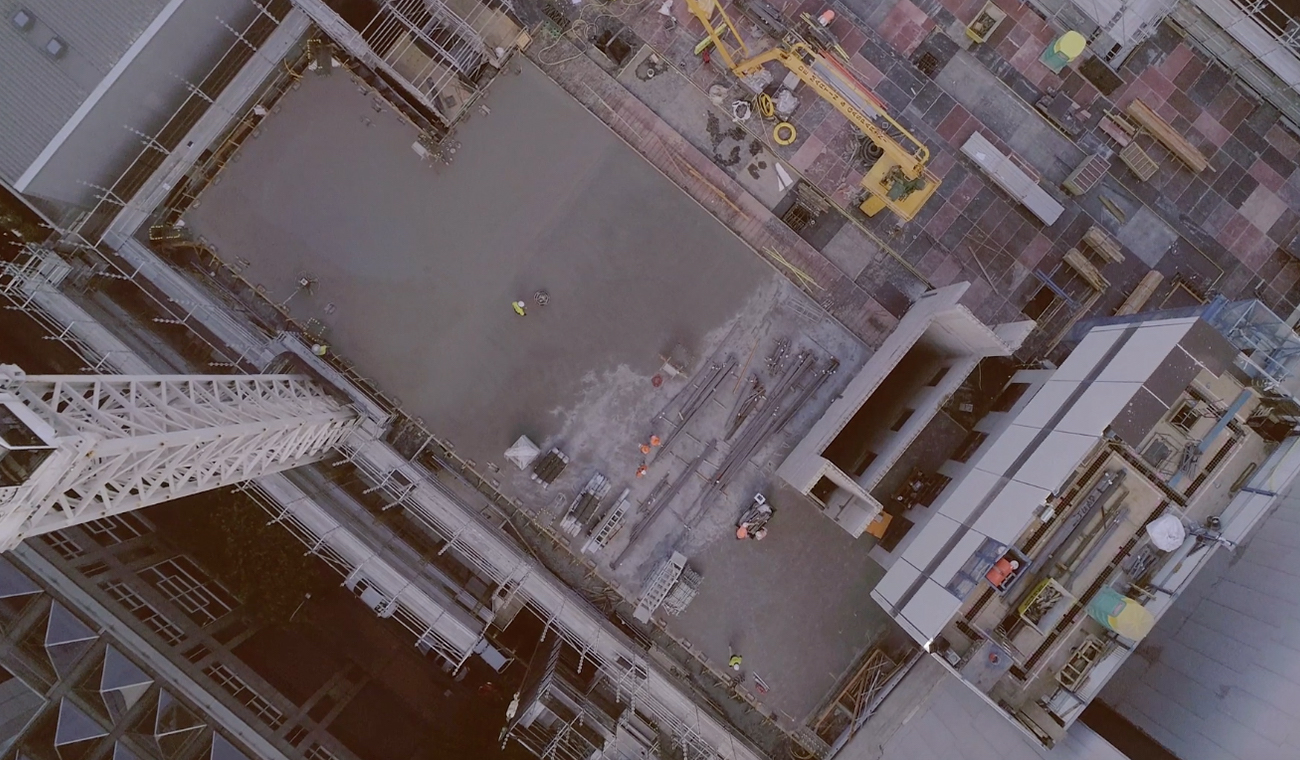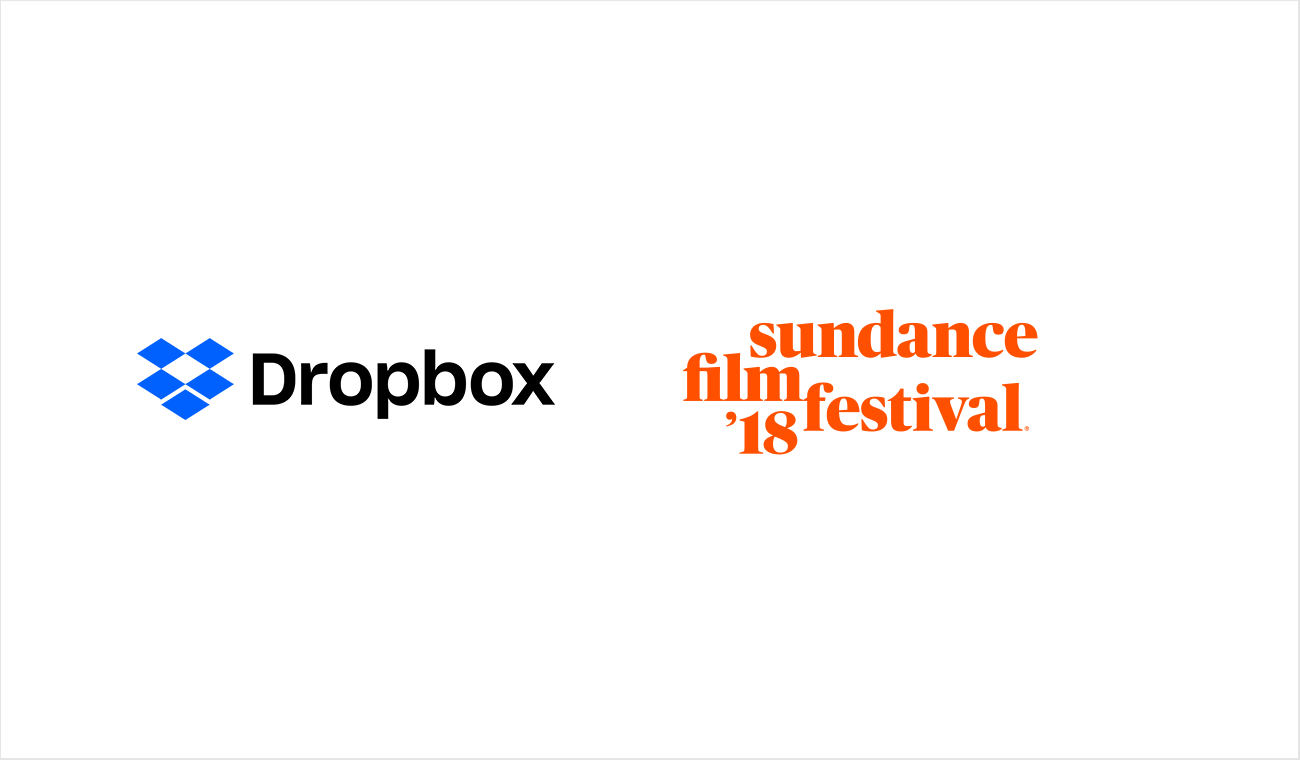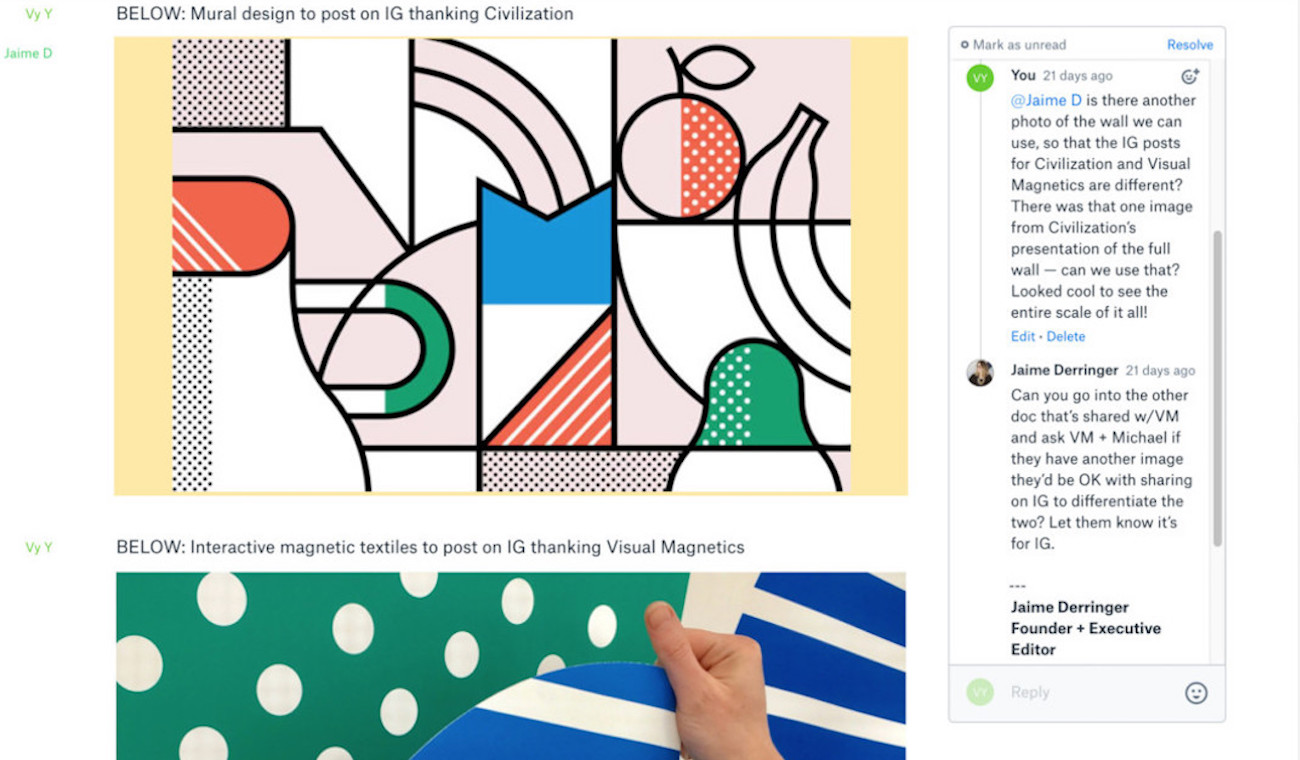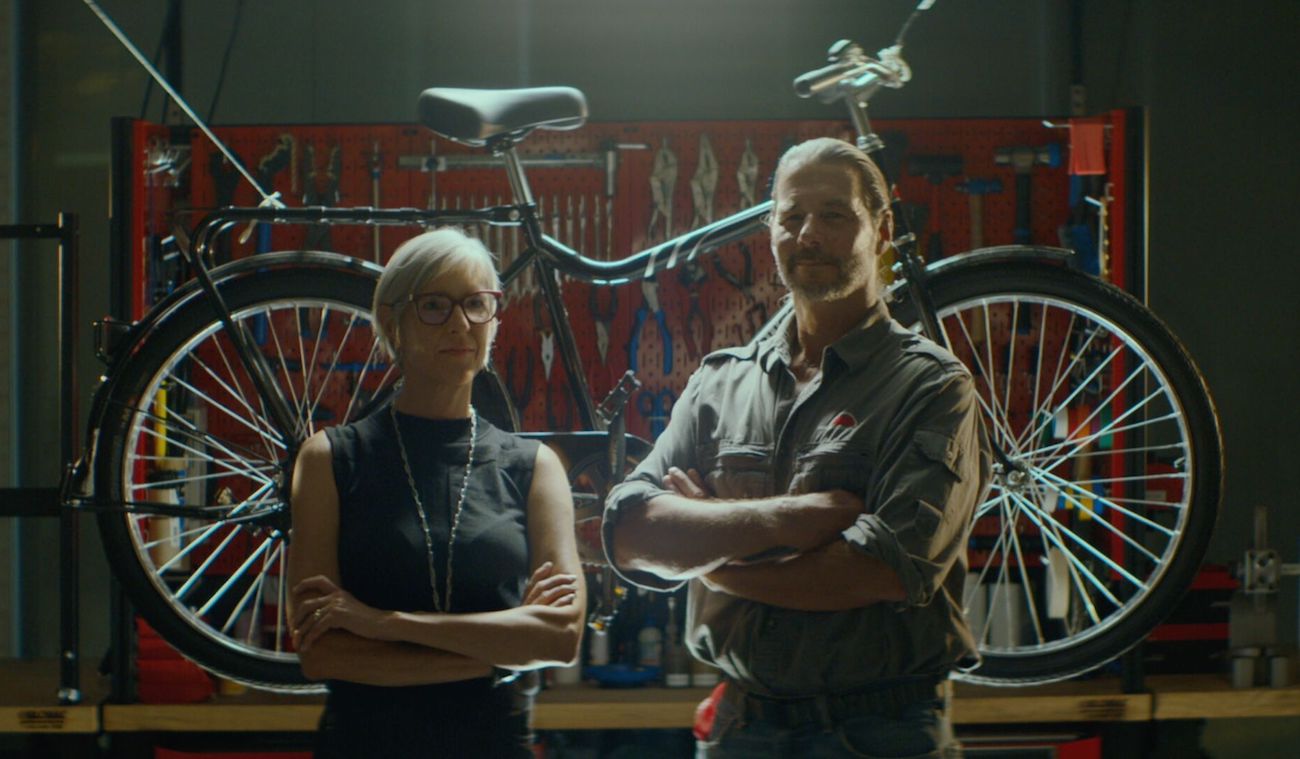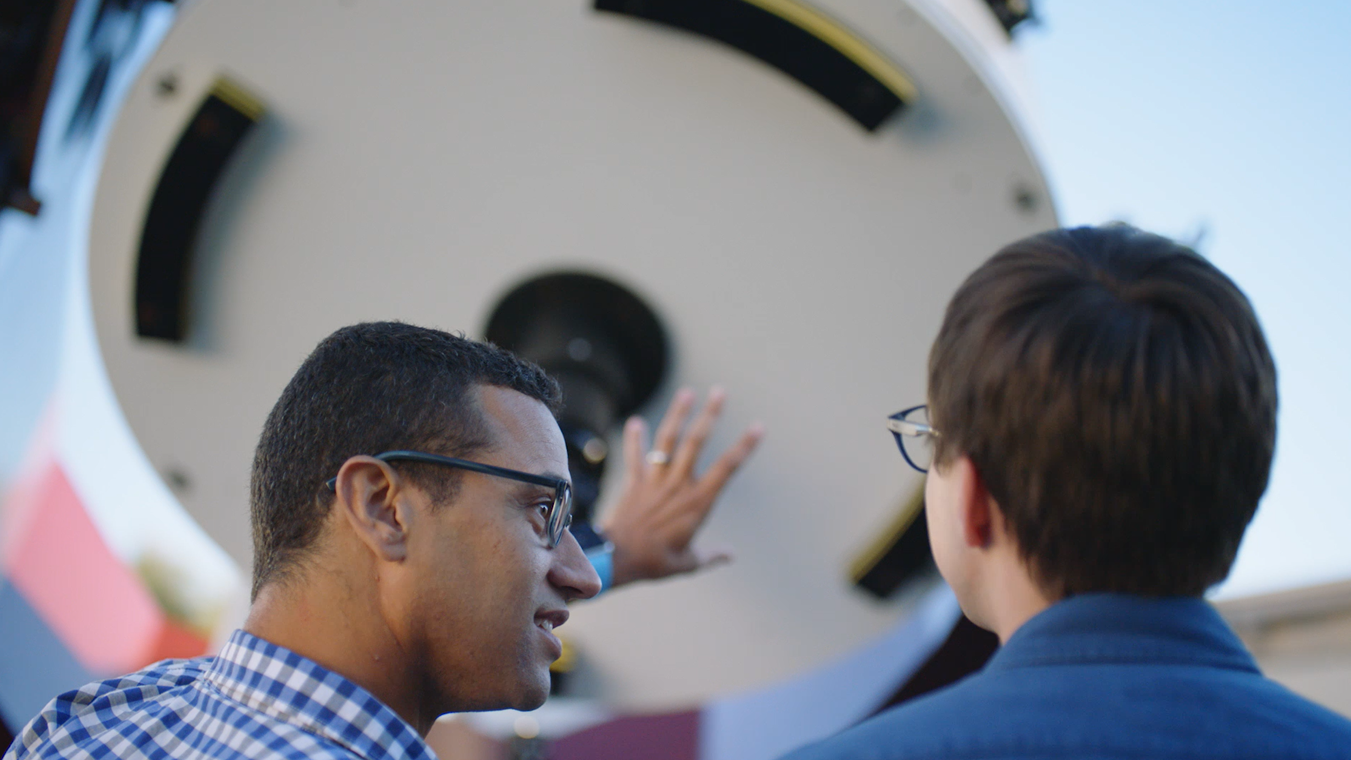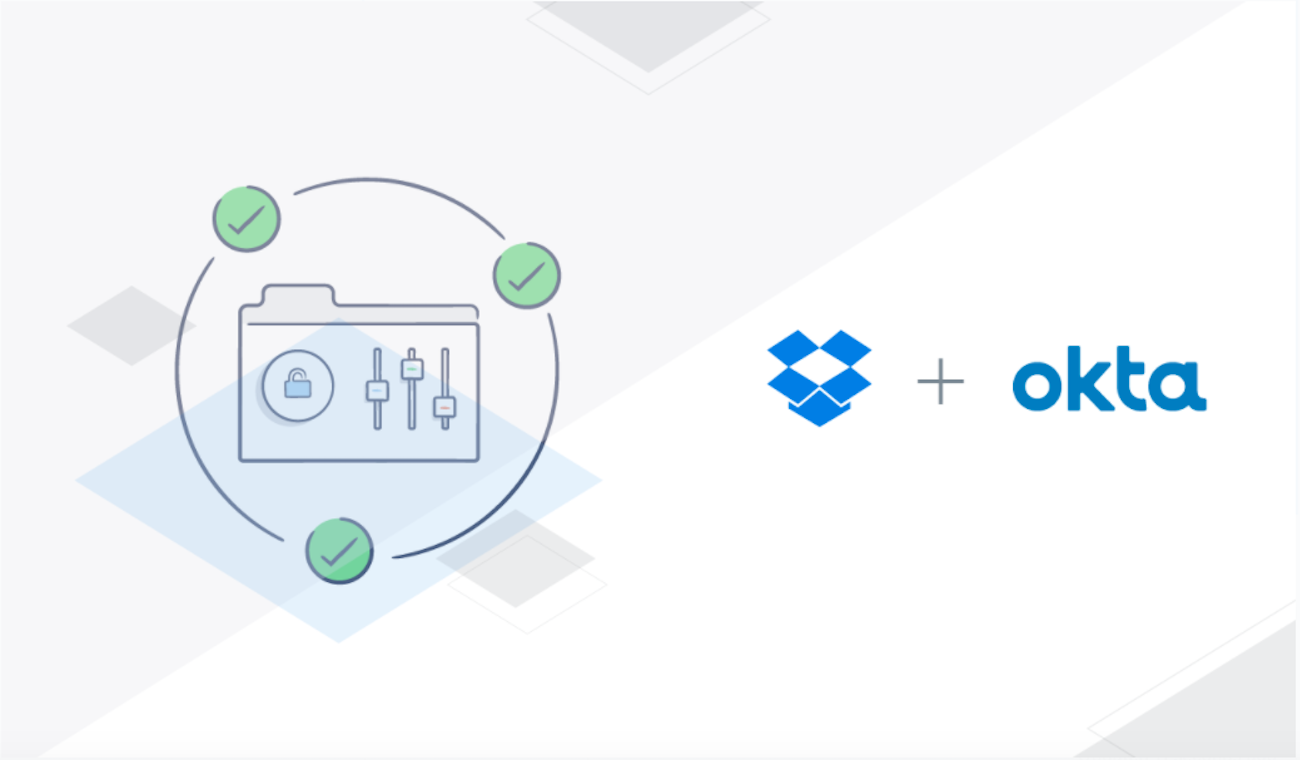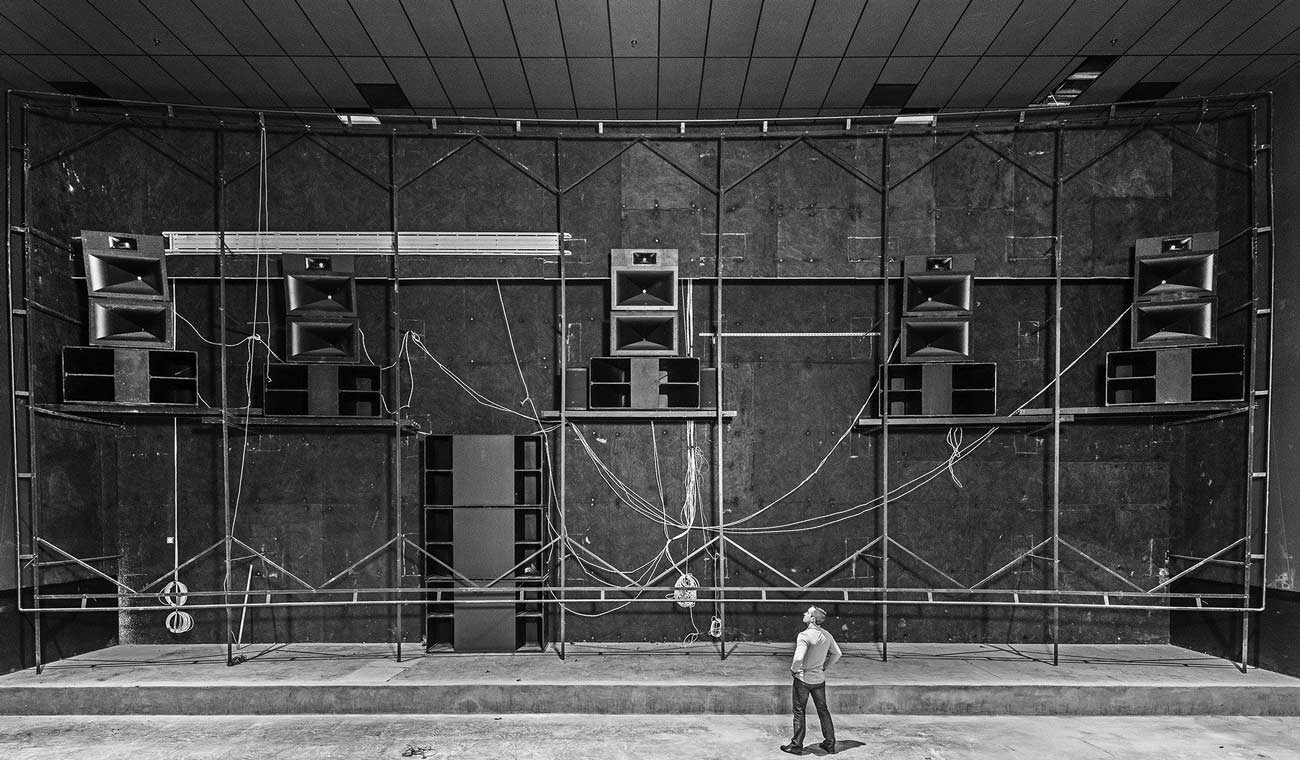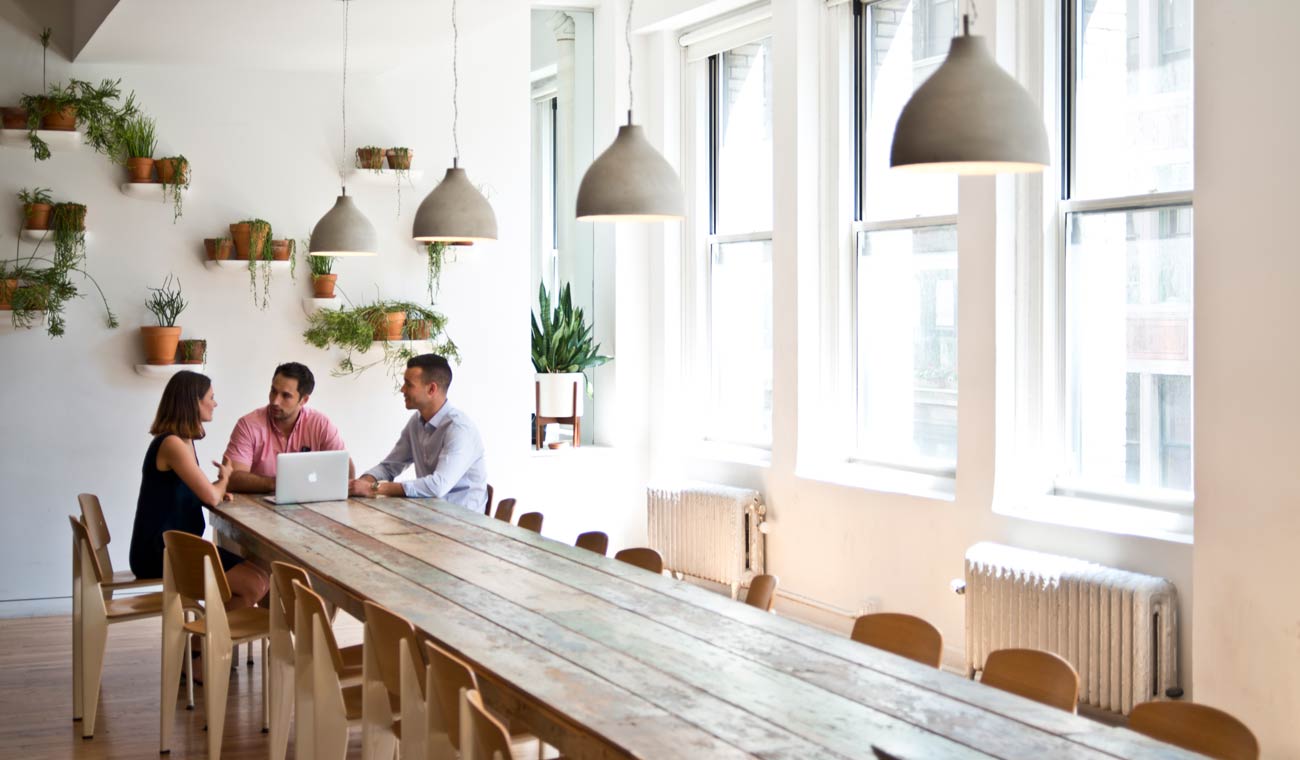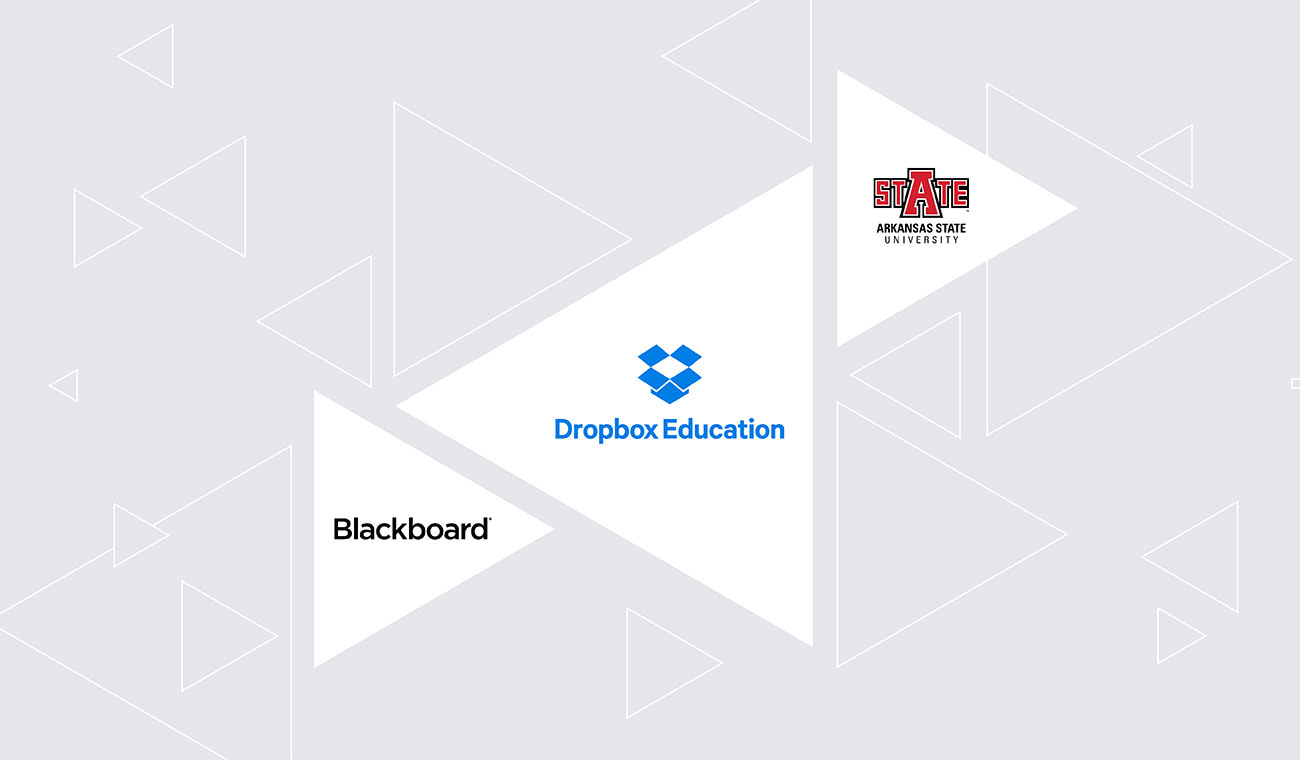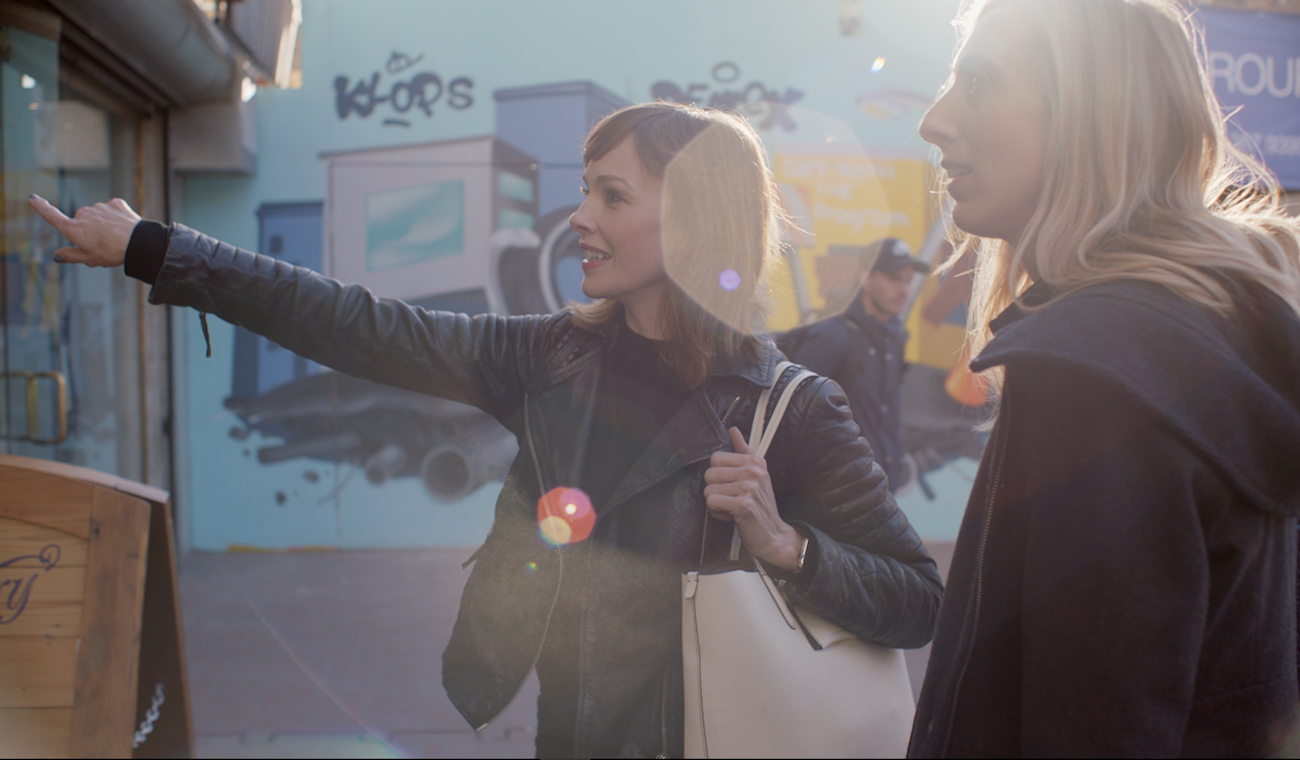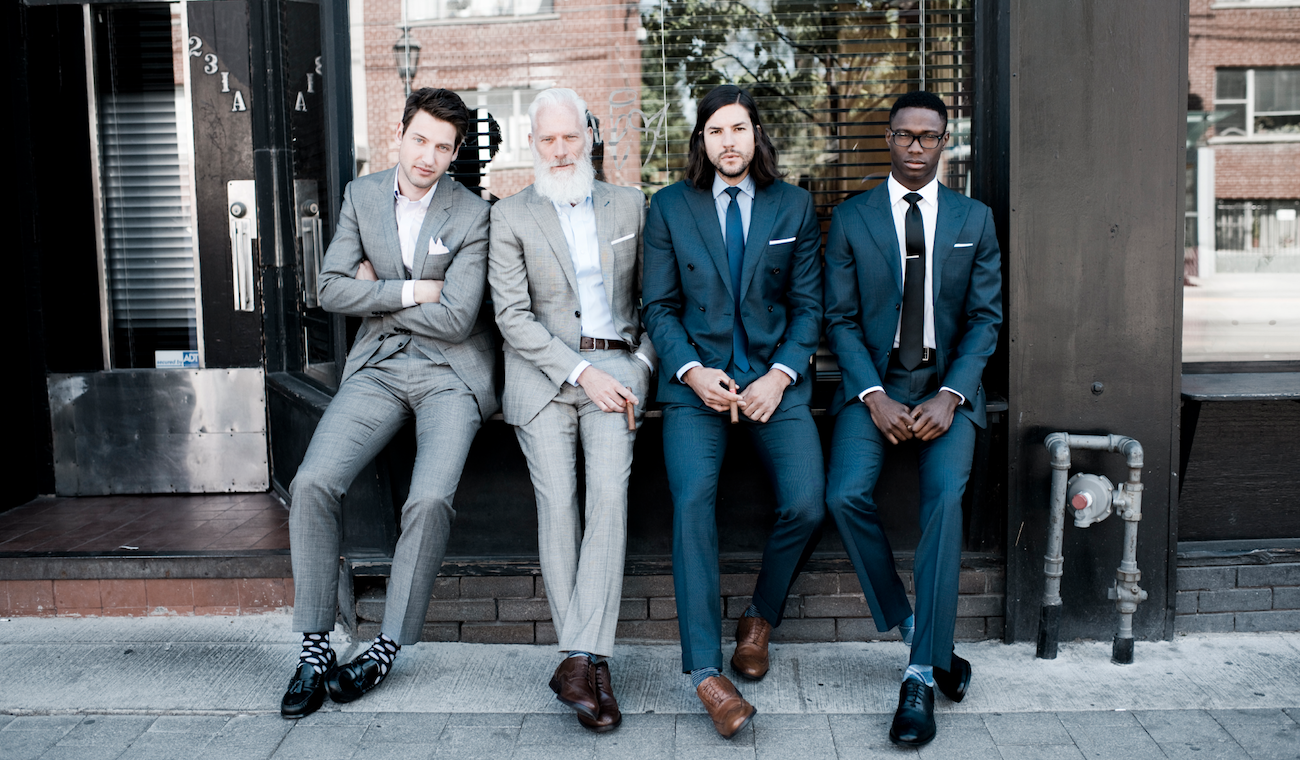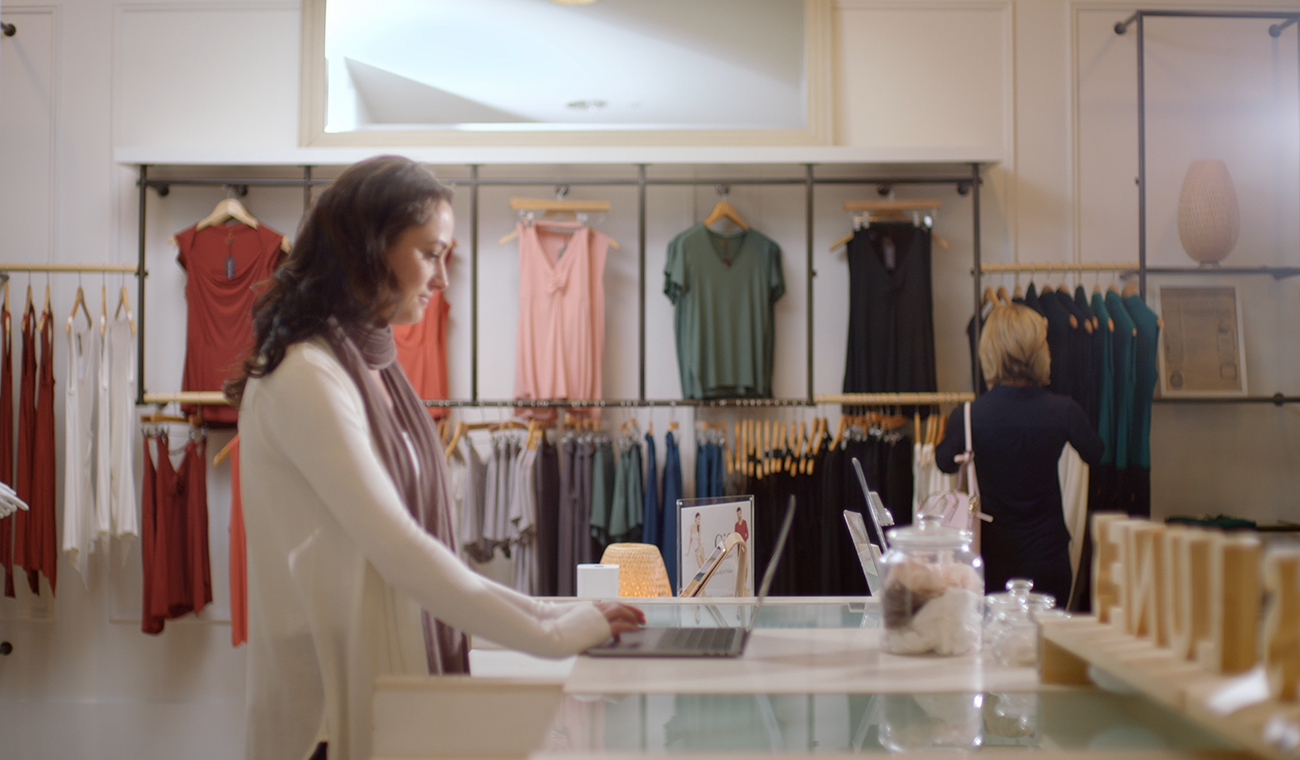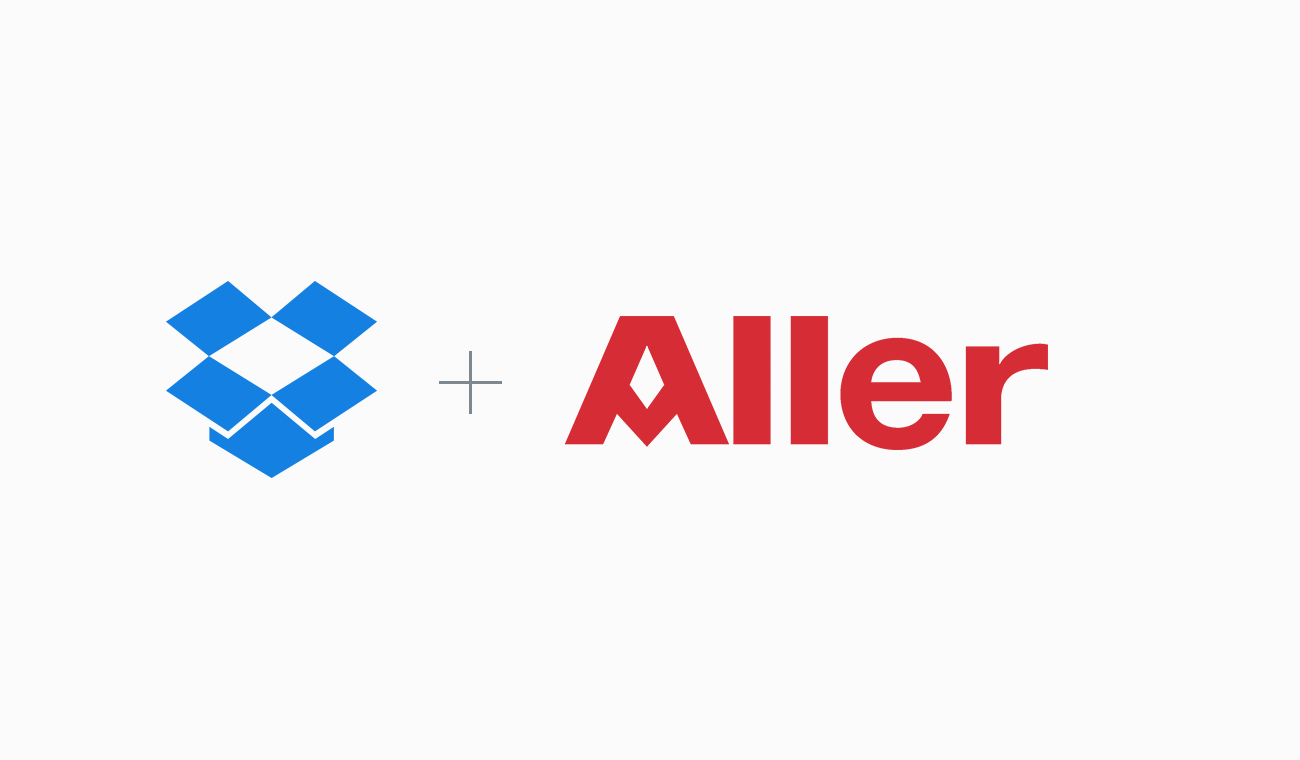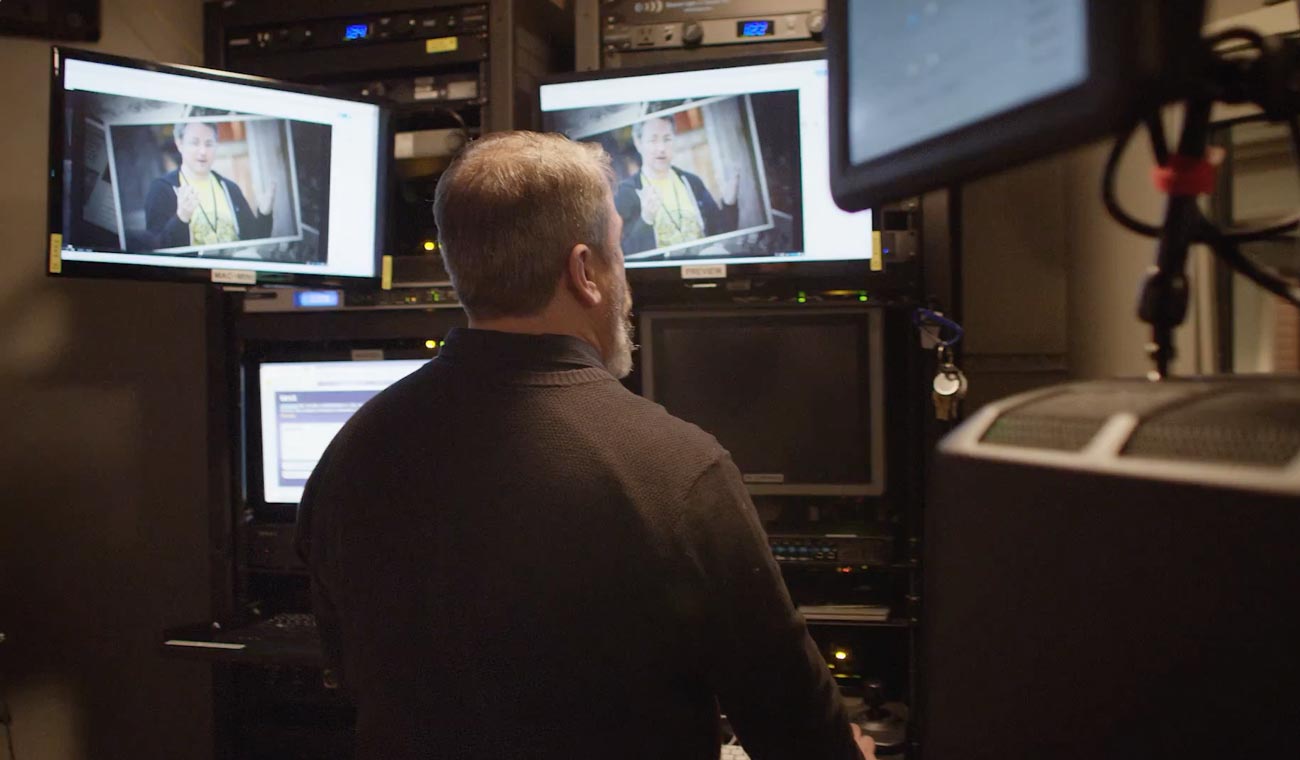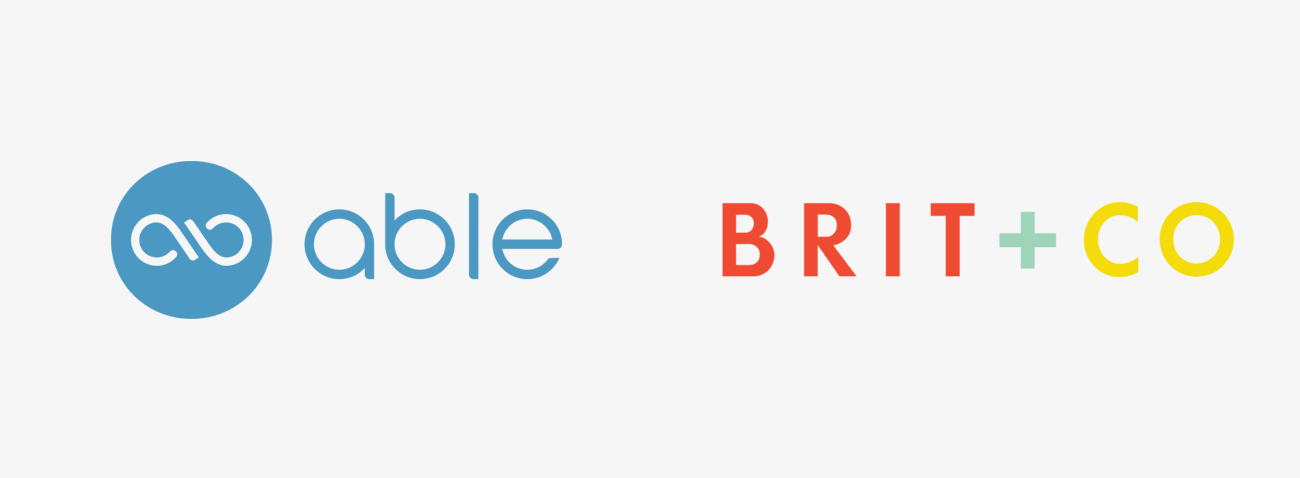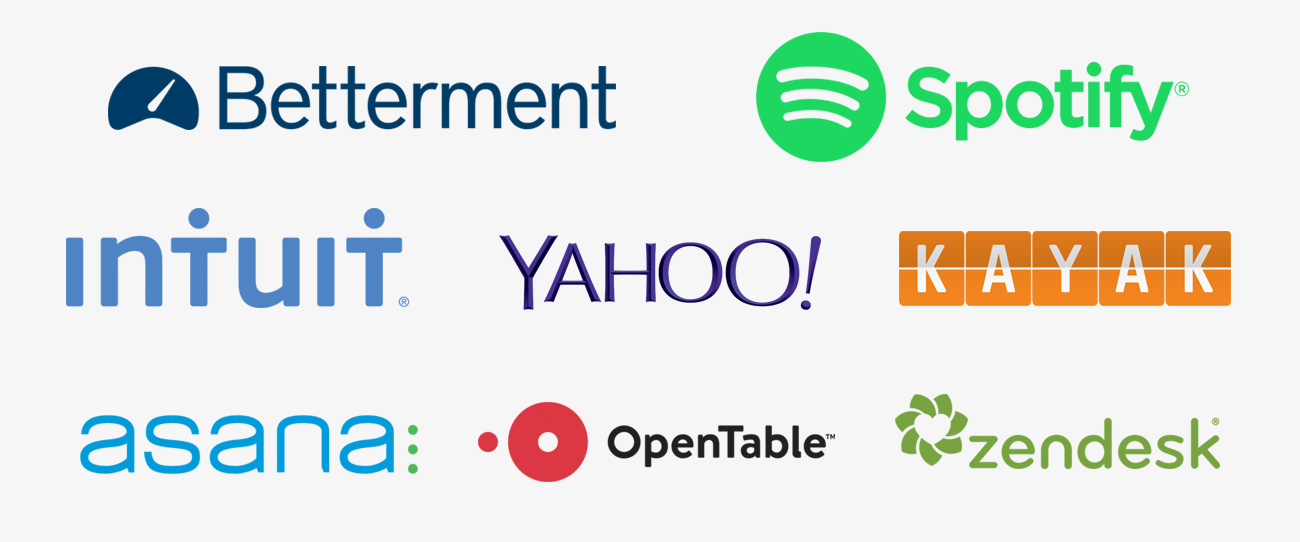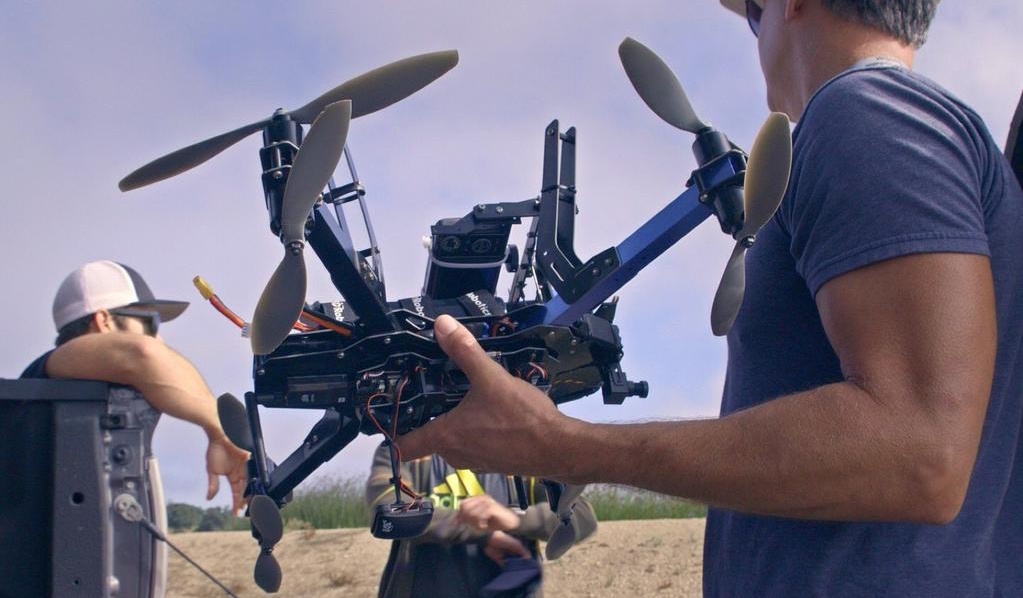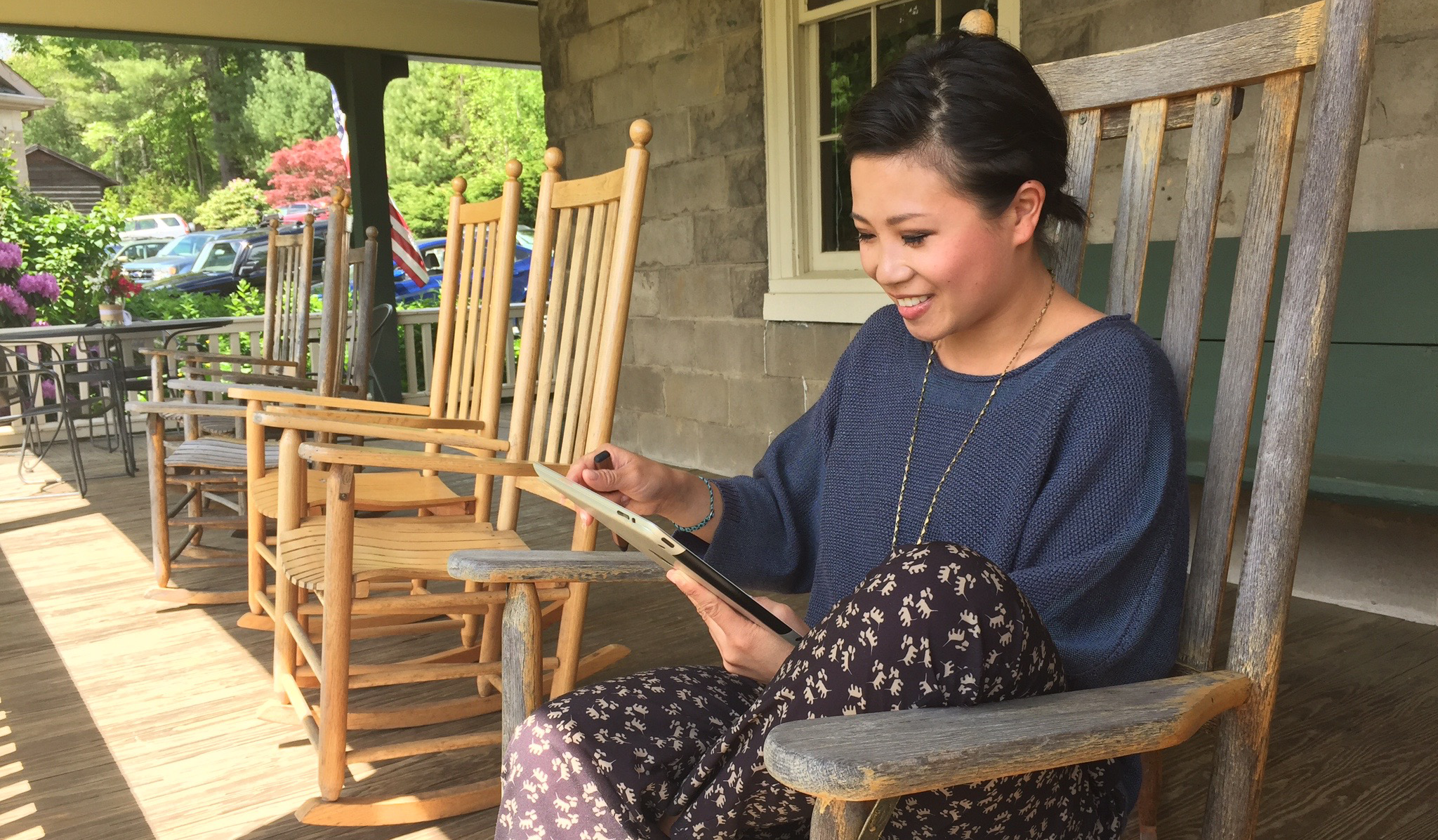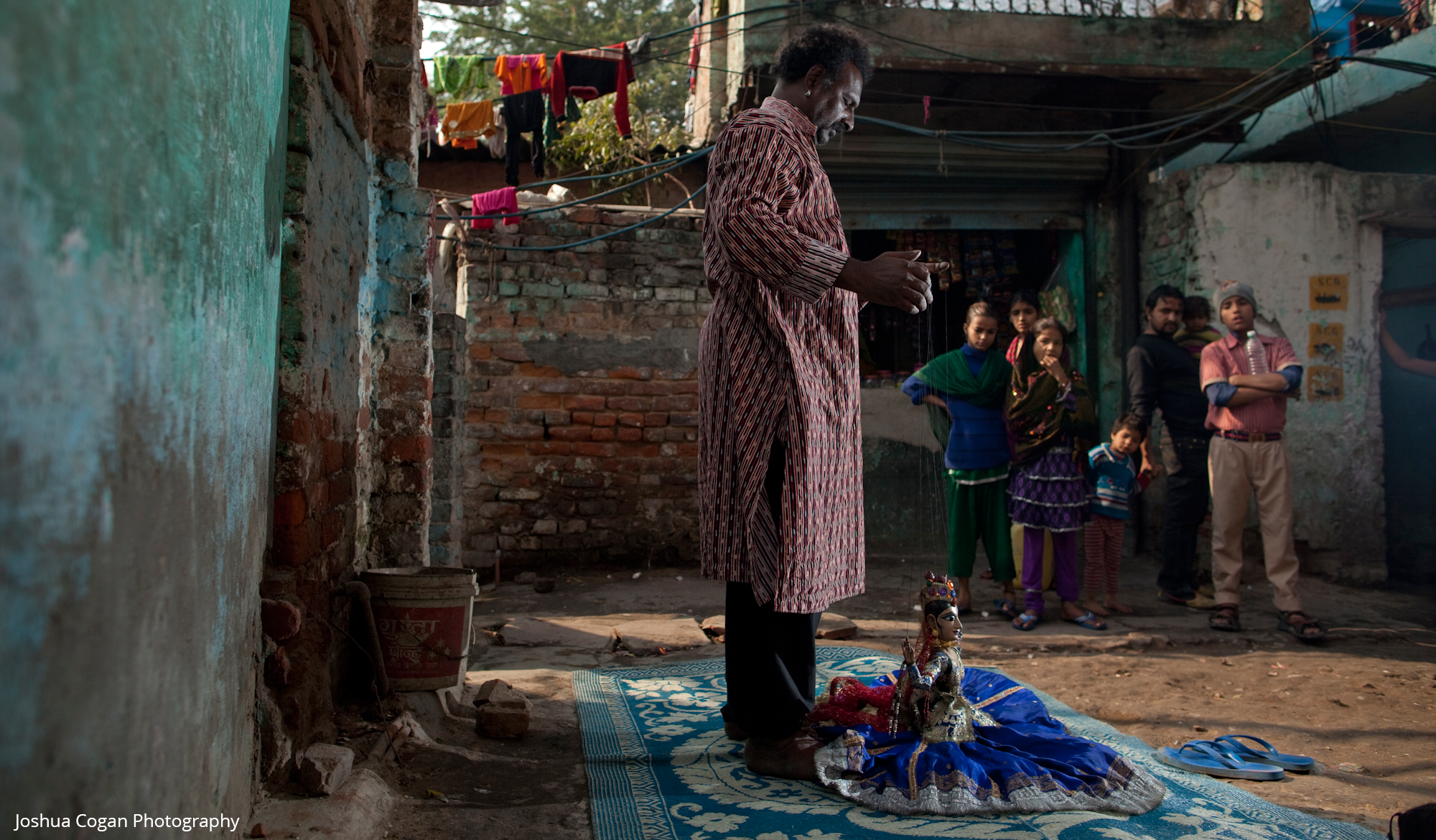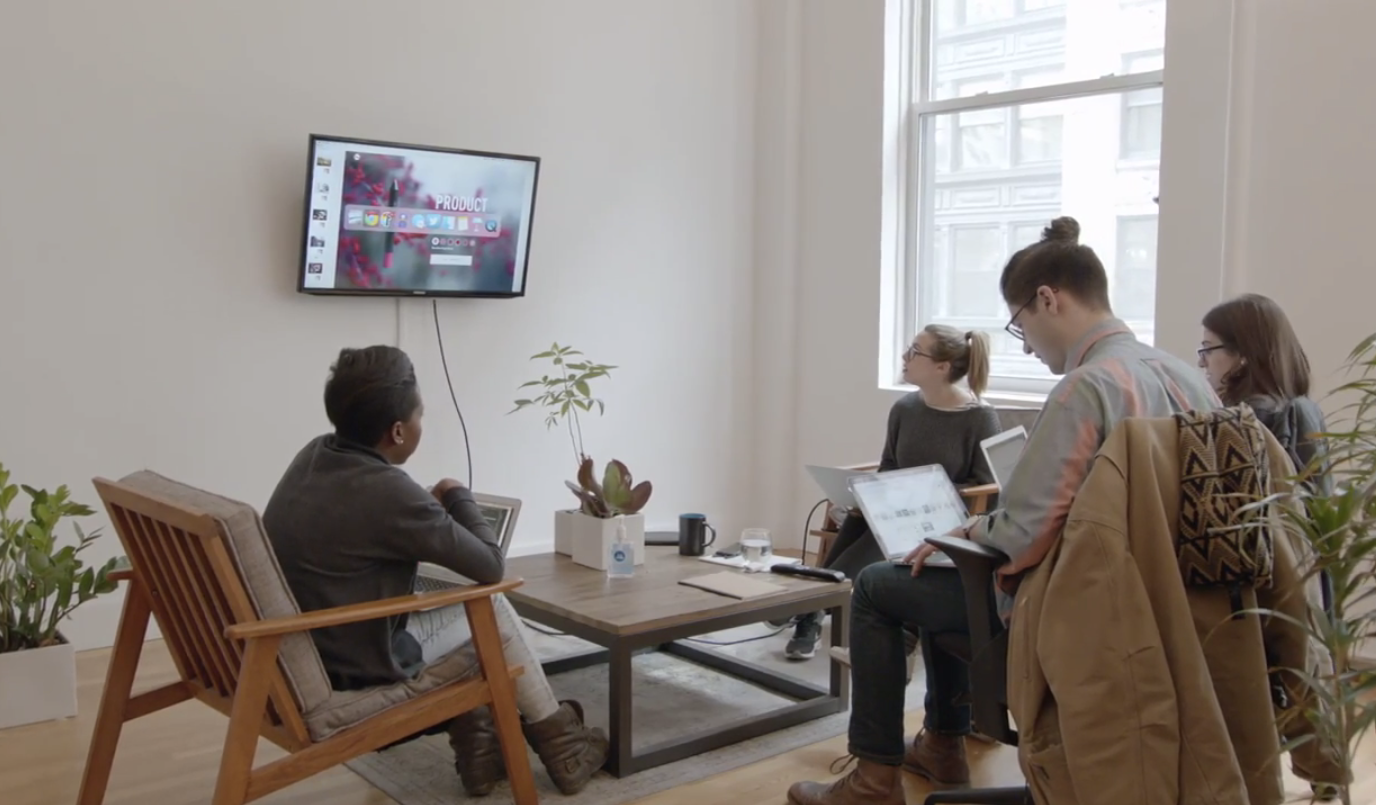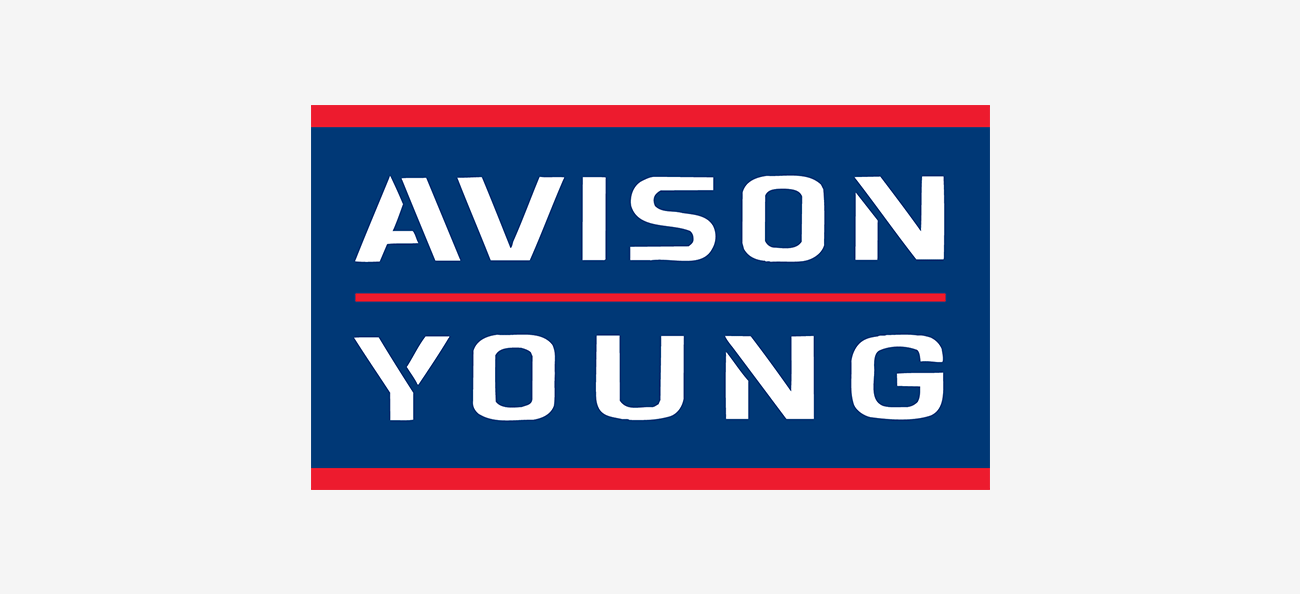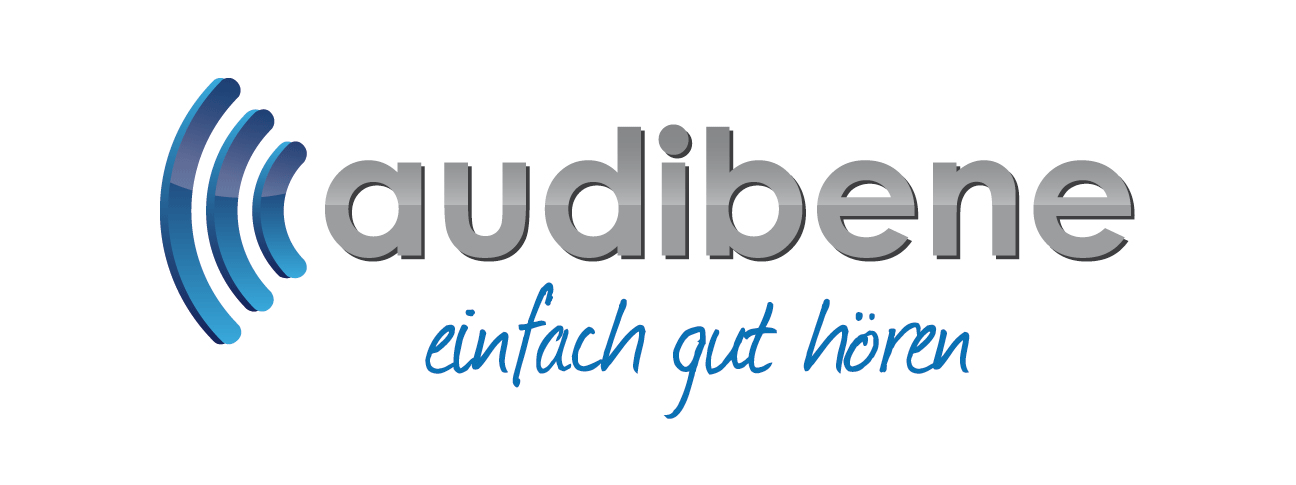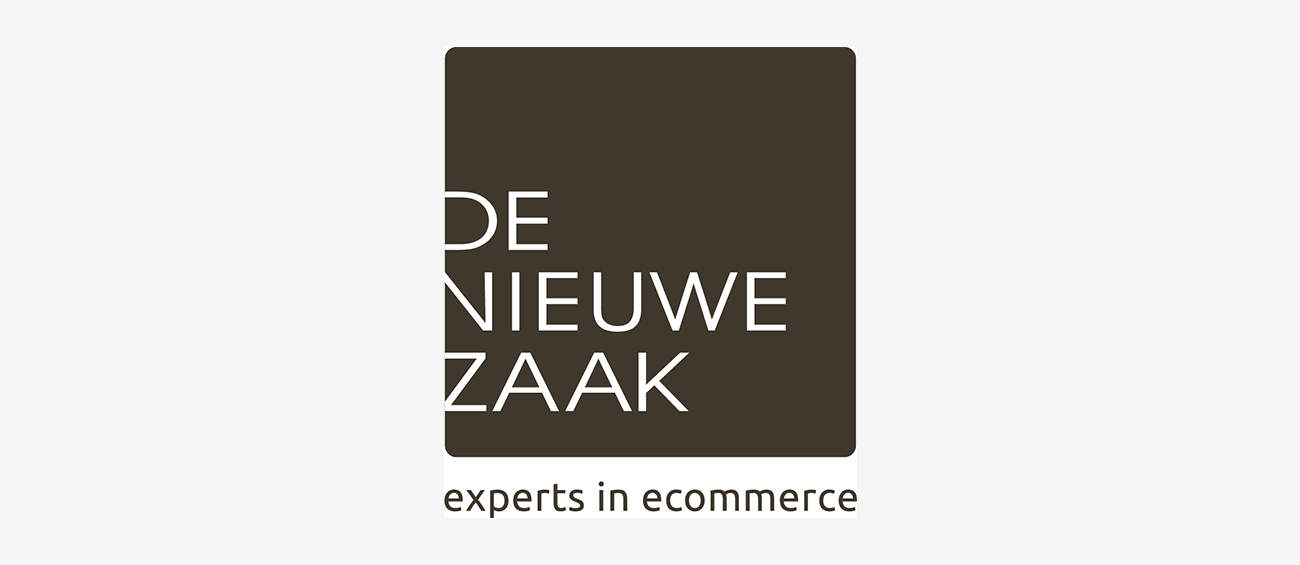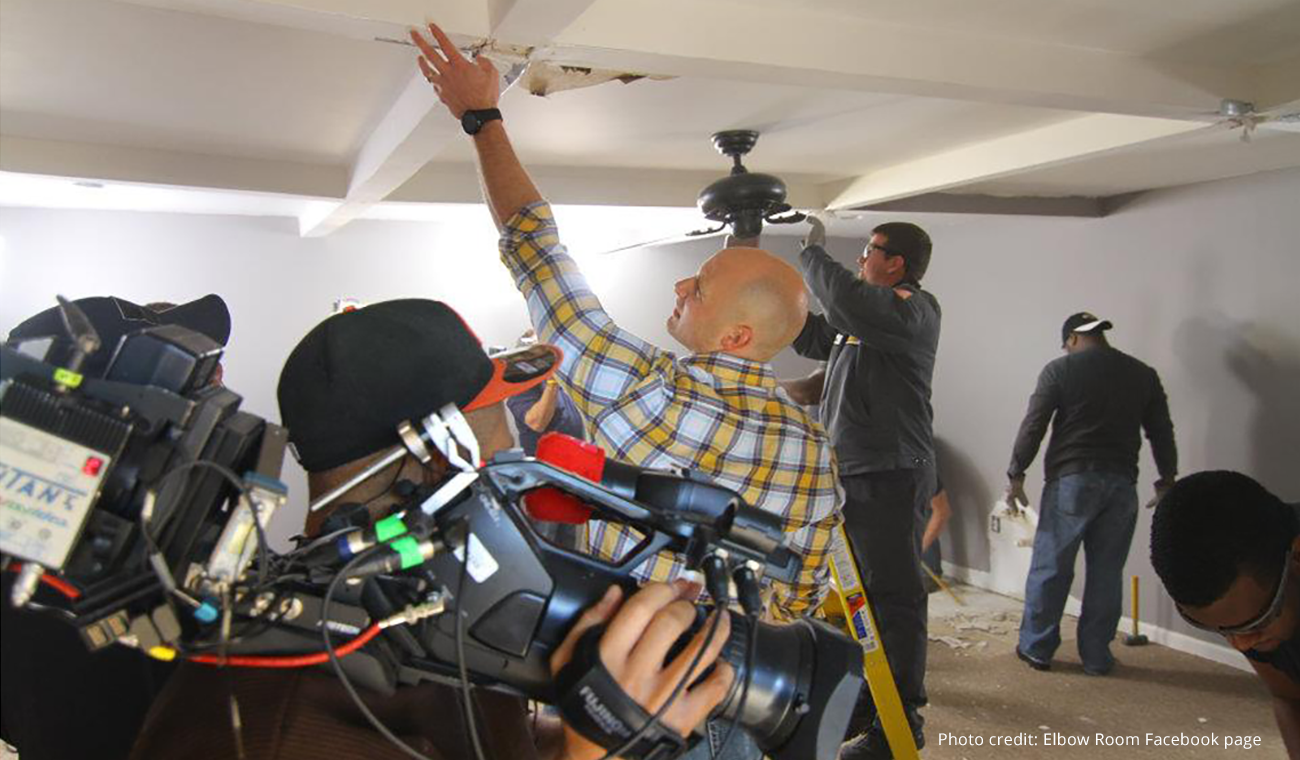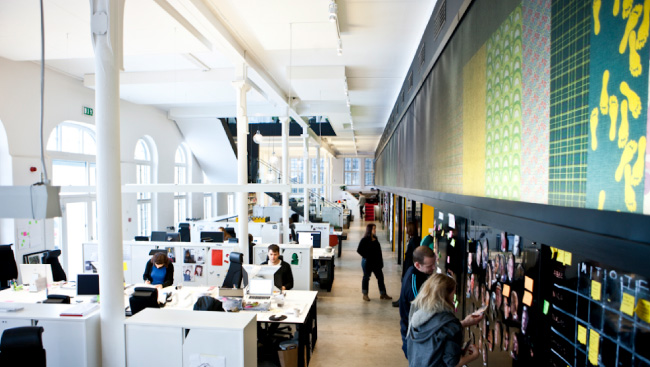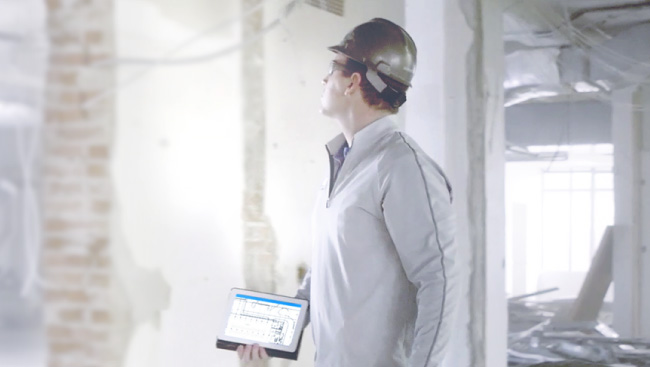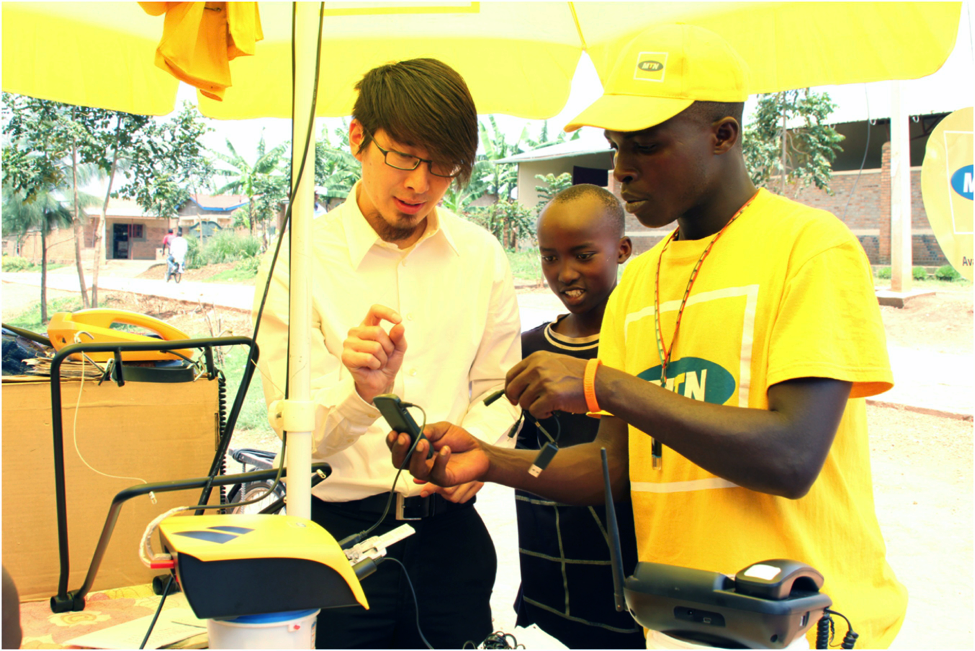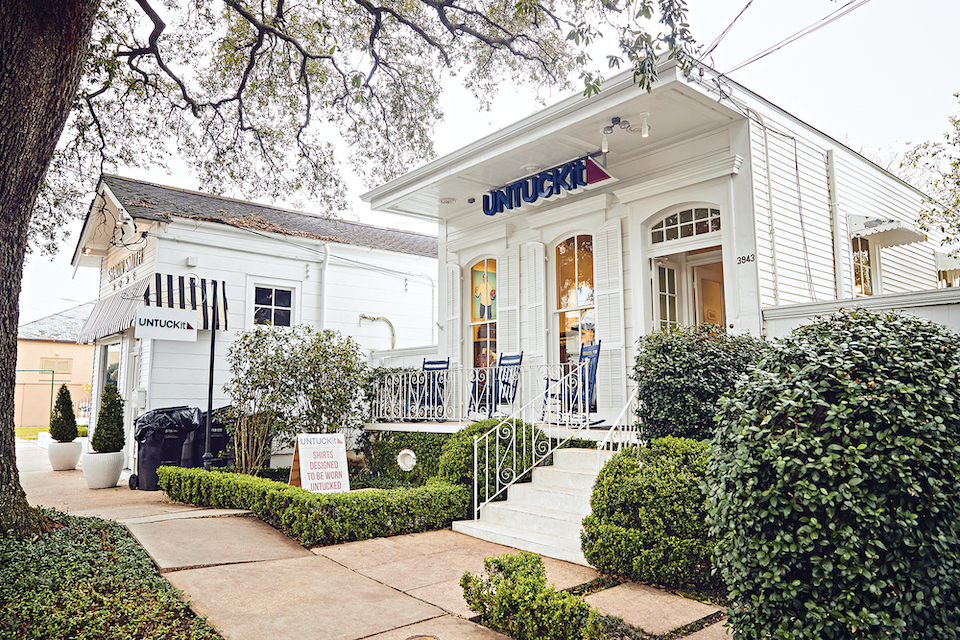
Retail in flux: How UNTUCKit is staying nimble in uncertain times
Published on October 09, 2020
2020 has not been kind to retail.
Headlined by iconic brands like J.Crew, Neiman Marcus, and Lord & Taylor, the retail industry is on track to have its most bankruptcy filings in over a decade. It’s no secret that COVID-19 has fundamentally changed how consumers shop.
While the impact of the pandemic can’t be overstated, the industry had been steadily evolving well before this year. Modern retail/e-commerce brands have invested significantly in their online buying channels, with some having few or no brick and mortar stores. Digital marketing has become the go-to method to reach younger audiences who shop more frequently from their phones than the nearest mall.
Apparel company UNTUCKit has been on the forefront of this movement since its inception in 2011. Once an online-only retailer, the company launched its first physical store in 2015 in New York City’s SoHo district. In the last few years, the industry has seen a trend of these newer brands (Warby Parker, Everlane, Casper, etc.) moving towards a hybrid approach of physical and digital presence. UNTUCKit is no exception, with over 80 stores today.
Founded on the principle that consumers are looking for a button-down shirt that can still look sharp untucked, the brand has expanded its product line to include polos, tees, outerwear, and a women’s line. Their core strategy of being innovative, bold, and focused on customer needs has remained unchanged—if anything, those values have been magnified to meet the demands of a pandemic-ridden market.
“I was in retail during 9/11 and the 2008 financial crisis,” says Julie Mares, UNTUCKit’s head of e-commerce, a veteran executive who’s seen it all in her career with stints at Macy’s, Gucci, and Walmart. “Each event posed economic challenges, but this pandemic is unique in that it’s had such a fundamental effect on what people buy and how they buy. The change in behavior and sentiment is different than anything we’ve ever seen. So we’ve been doubling down on our approach of being agile and creative.”
New initiatives include contactless pickup or delivery, organizing collections by 2020-friendly categories like an important Zoom presentation or weekend hiking trip, and an online avatar to assist customers seeking a high-touch digital shopping experience. The company has bolstered its digital advertising and relevance, meeting customers where they (usually) are: at home, on a device.
“As we went into COVID, our main question was ‘what does the customer need now?’” says Mares. “We used data not only from our digital tools but also from our stores (once we were allowed to re-open), and from there we figured out what kinds of stories to tell. Then my team’s job is to connect all those dots and execute on a strategy to keep our existing customers engaged and bring awareness to new ones.”
"We're not taking on huge projects. We're taking smaller projects, testing, learning, and tweaking, and I think that’s going to transform how we innovate." —Julie Mares, Head of E-Commerce at UNTUCKit
Amidst all these market challenges, the UNTUCKit team itself has adapted to the craziness of 2020 while being entirely remote. “It’s been more important than ever to communicate super clearly, documenting everything in a campaign from objectives to references to deliverables,” Mares says. “Dropbox has been our home for all these notes and assets. We’re finding that visuals are especially important—mocking something up that’s digestible for leadership so we can move forward quickly.”
While the button-down shirt remains UNTUCKit’s flagship product, the company also recognizes that many people are wearing more casual tops like polos and henleys more frequently these days. Photo Art Director Devon Baverman has been leading the effort to produce marketing assets for new items.
“Photoshoots are obviously way different now, with smaller crews and footprints,” Baverman says. “But we’re still getting on set, while following protocols. A shoot might produce 15,000 photos, but we don’t have the luxury anymore of leaning over each others’ office desks to review and chat informally. So we put them on Dropbox, which acts like a live server since we don’t actually have physical servers as a company. From there, we pass them off for approvals and use the comments system on the web interface, so everybody can see the feedback, which works nicely into the workflow. And then we share them out with the marketing team.”
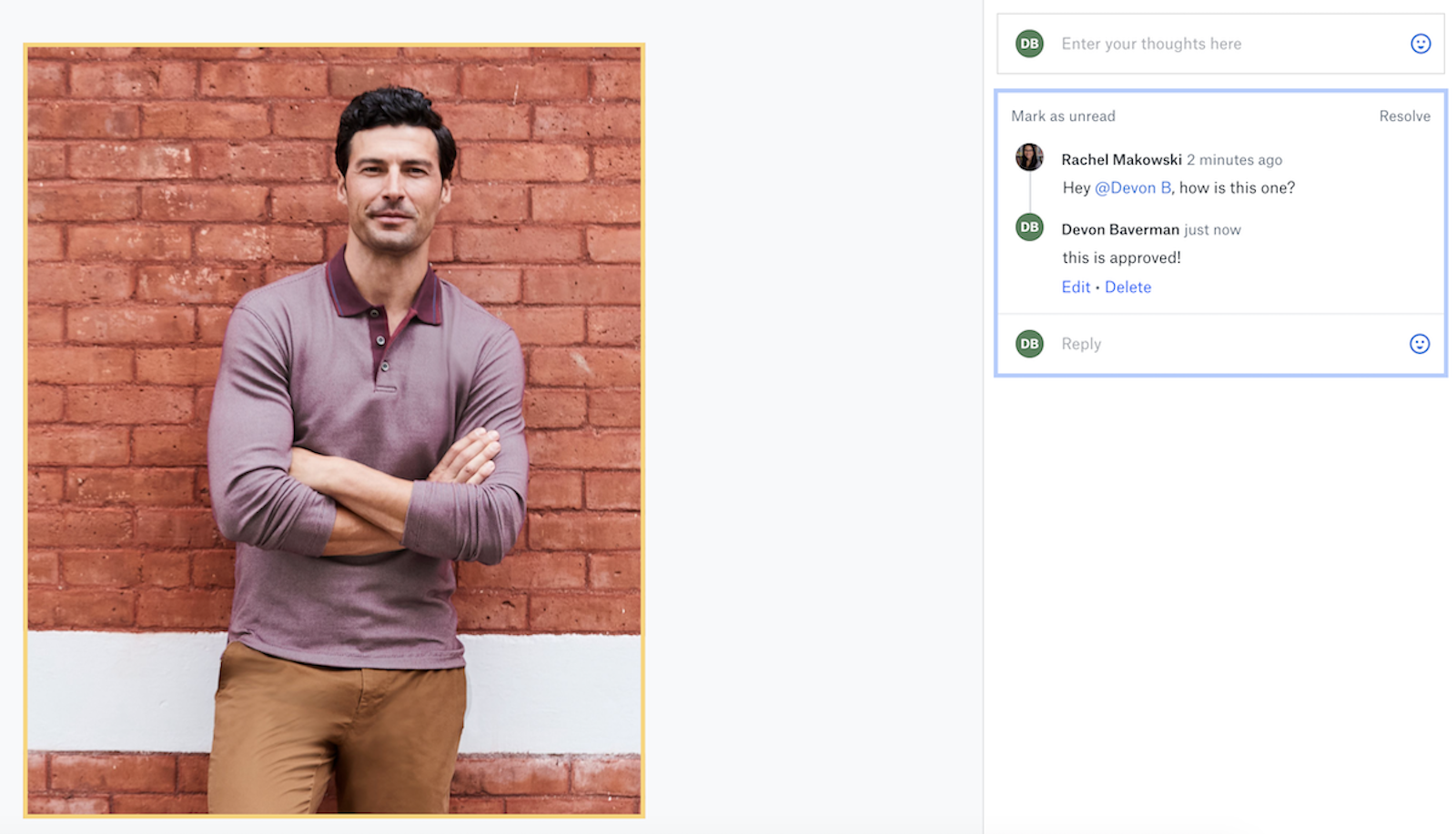
Along with Dropbox, UNTUCKit is heavily reliant on Slack and Zoom. Mares credits the company for implementing a modern, user-friendly technology stack prior to the pandemic. “Dropbox has been a great tool for collaborating within and across teams, especially because everyone was already familiar with the platform before we went remote,” Mares says. “Working remotely for this long hasn’t been as challenging as it may have seemed back in the spring.”
UNTUCKit will continue to prioritize adaptability across the company to not only survive, but thrive in a historically challenging environment. “We're not taking on huge projects,” says Mares. “We're taking smaller projects, testing, learning, and tweaking, and I think that’s going to transform how we innovate.”
Of course, any company that wants to move fast needs a motivated team to power that pace.“The communication between our teams has always been there,” Mares adds. “It's probably the loveliest company culture I've ever been a part of. Everybody’s super helpful, flexible, and wants to win as a team.”


